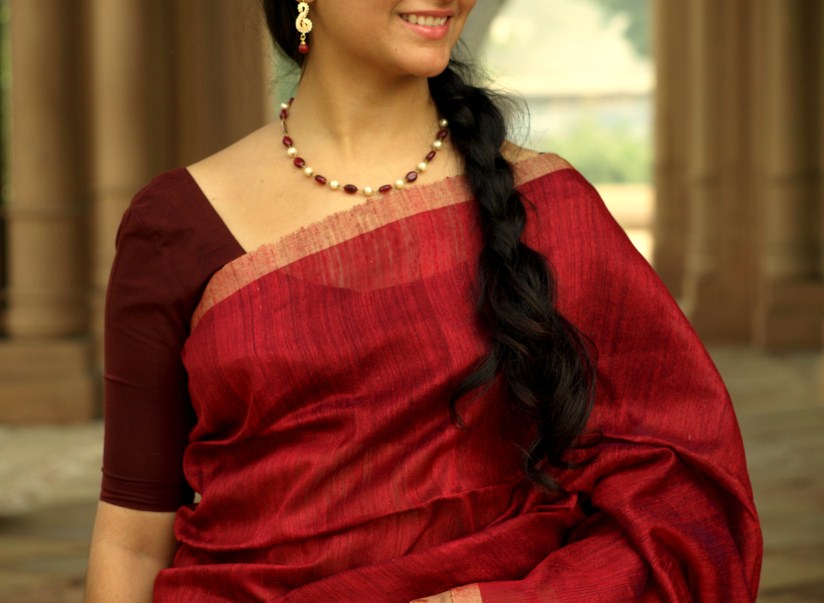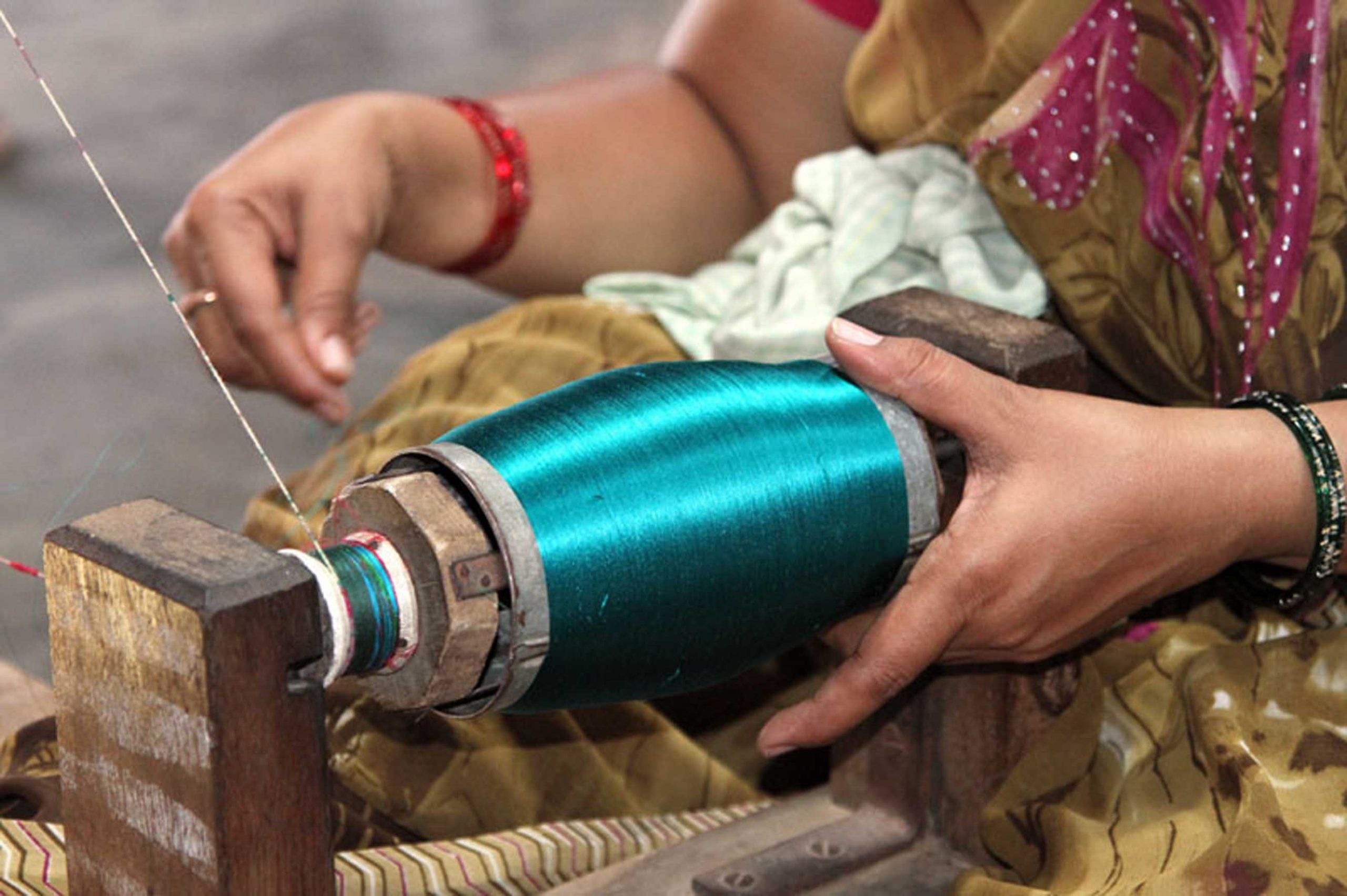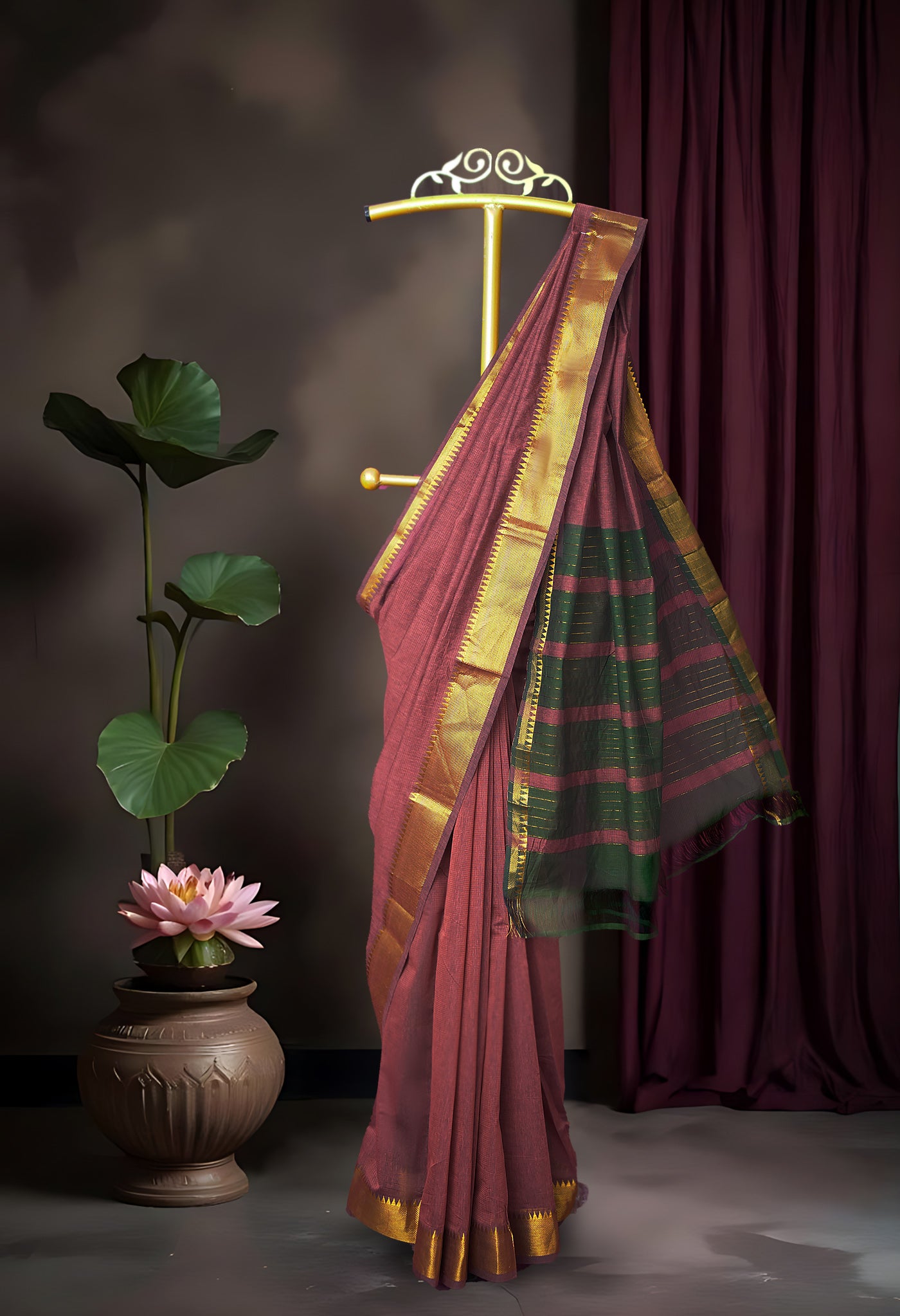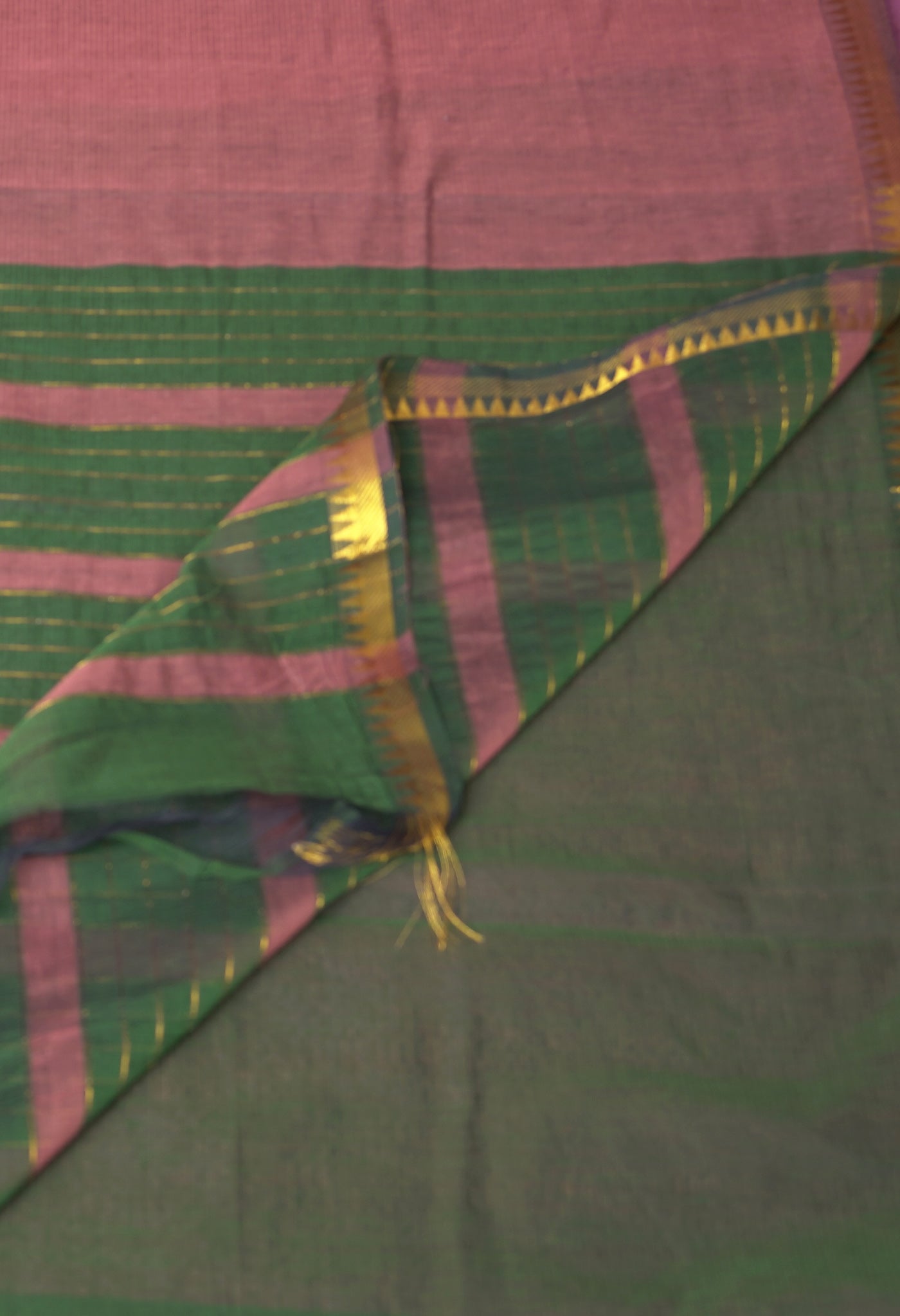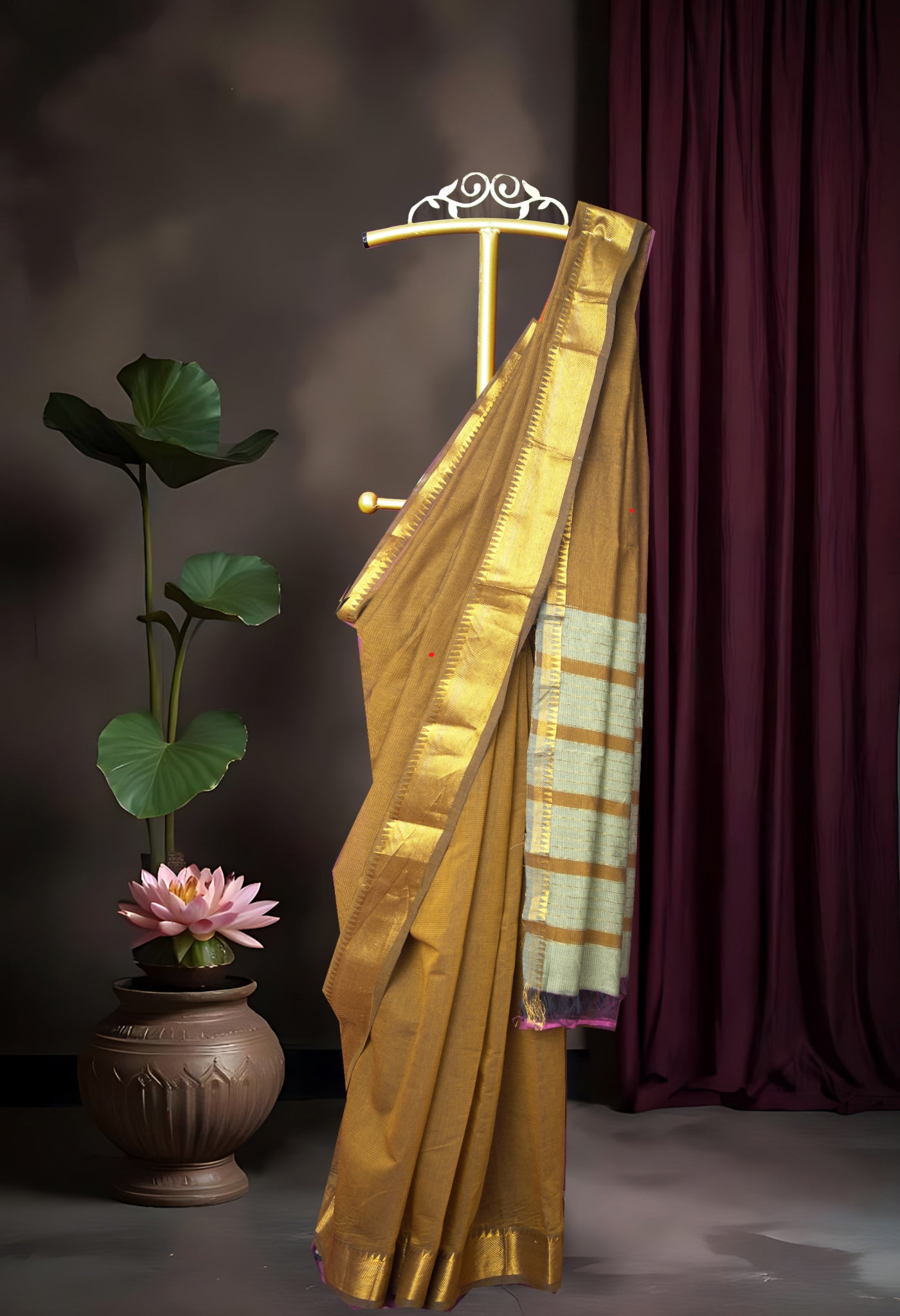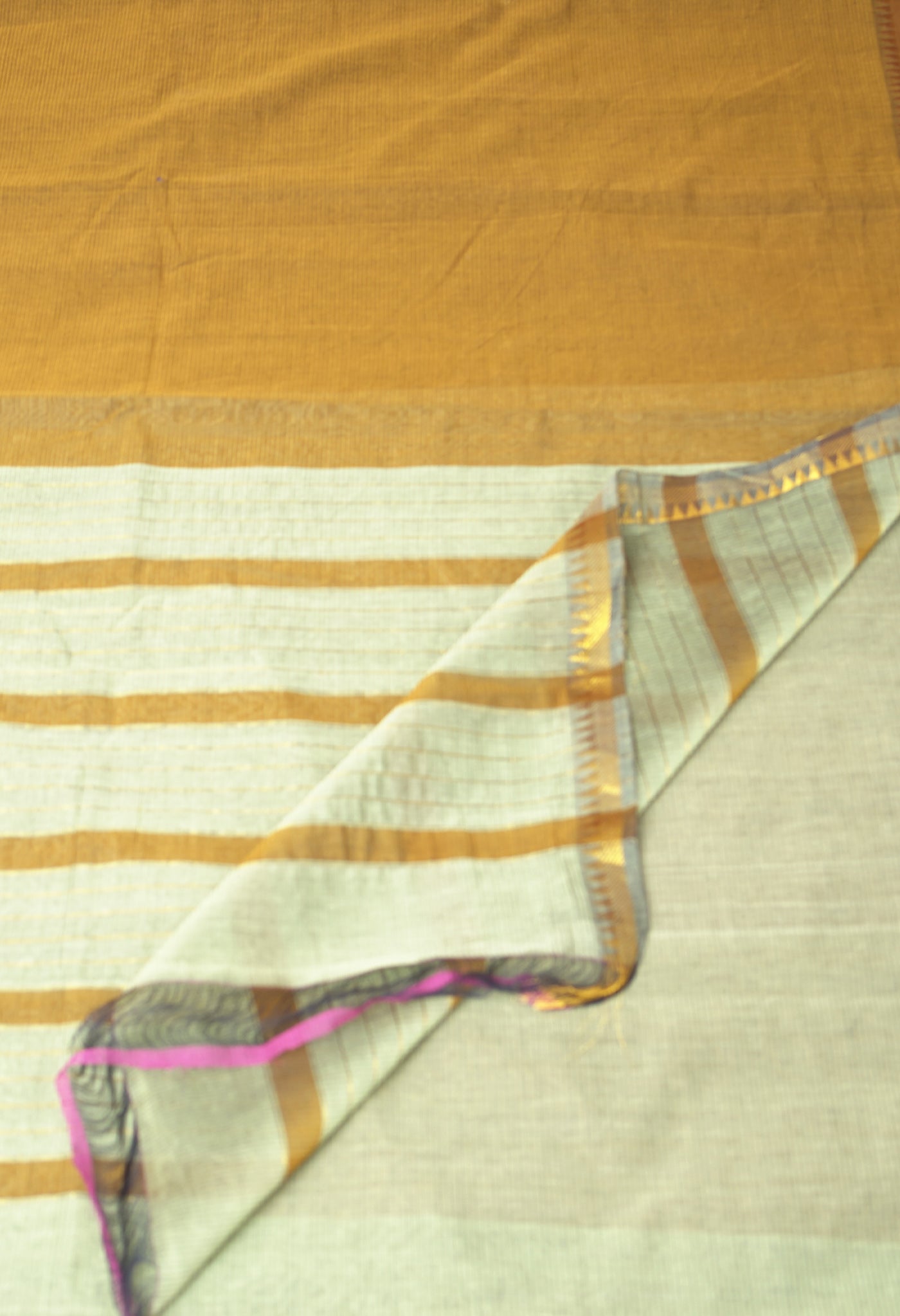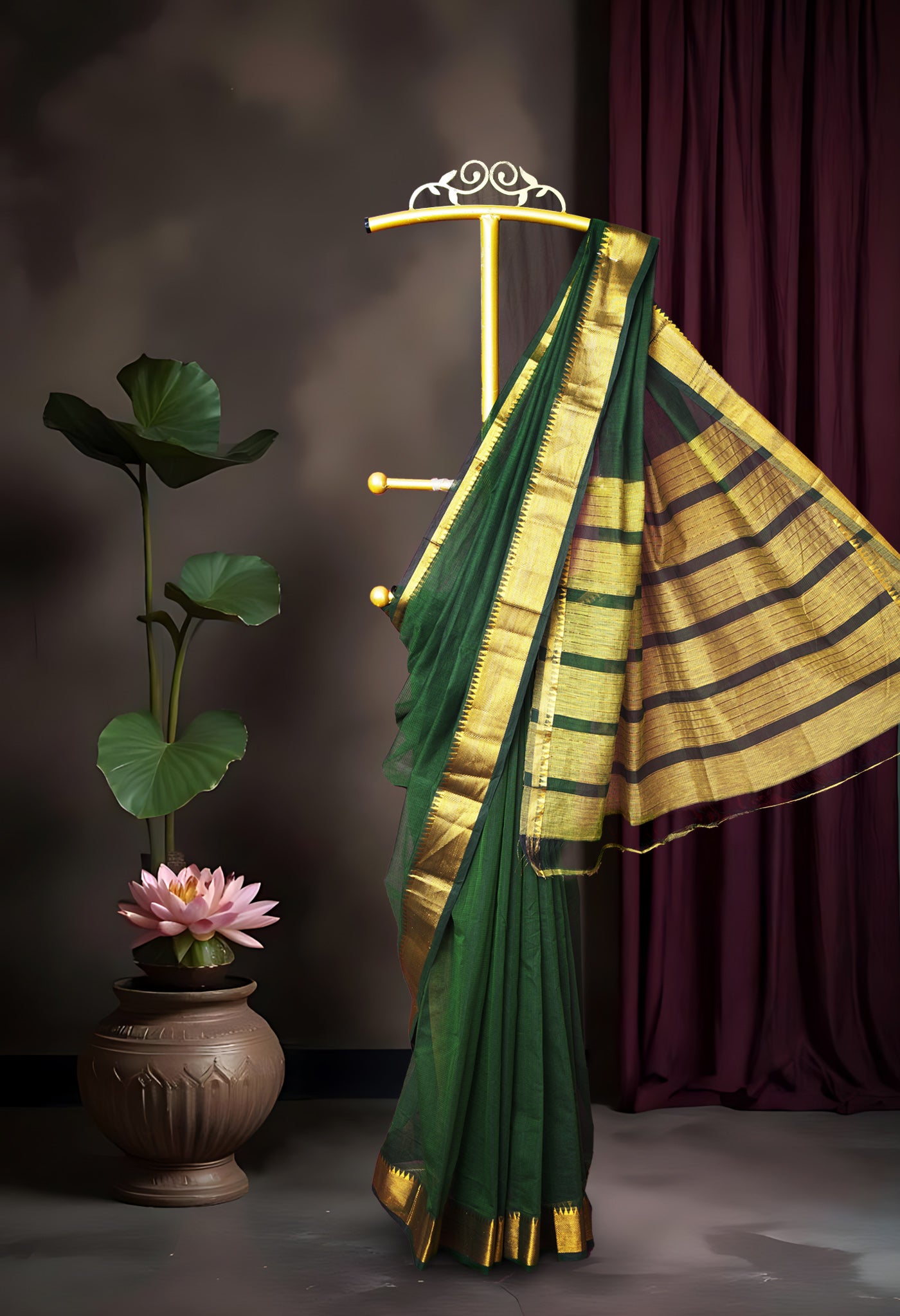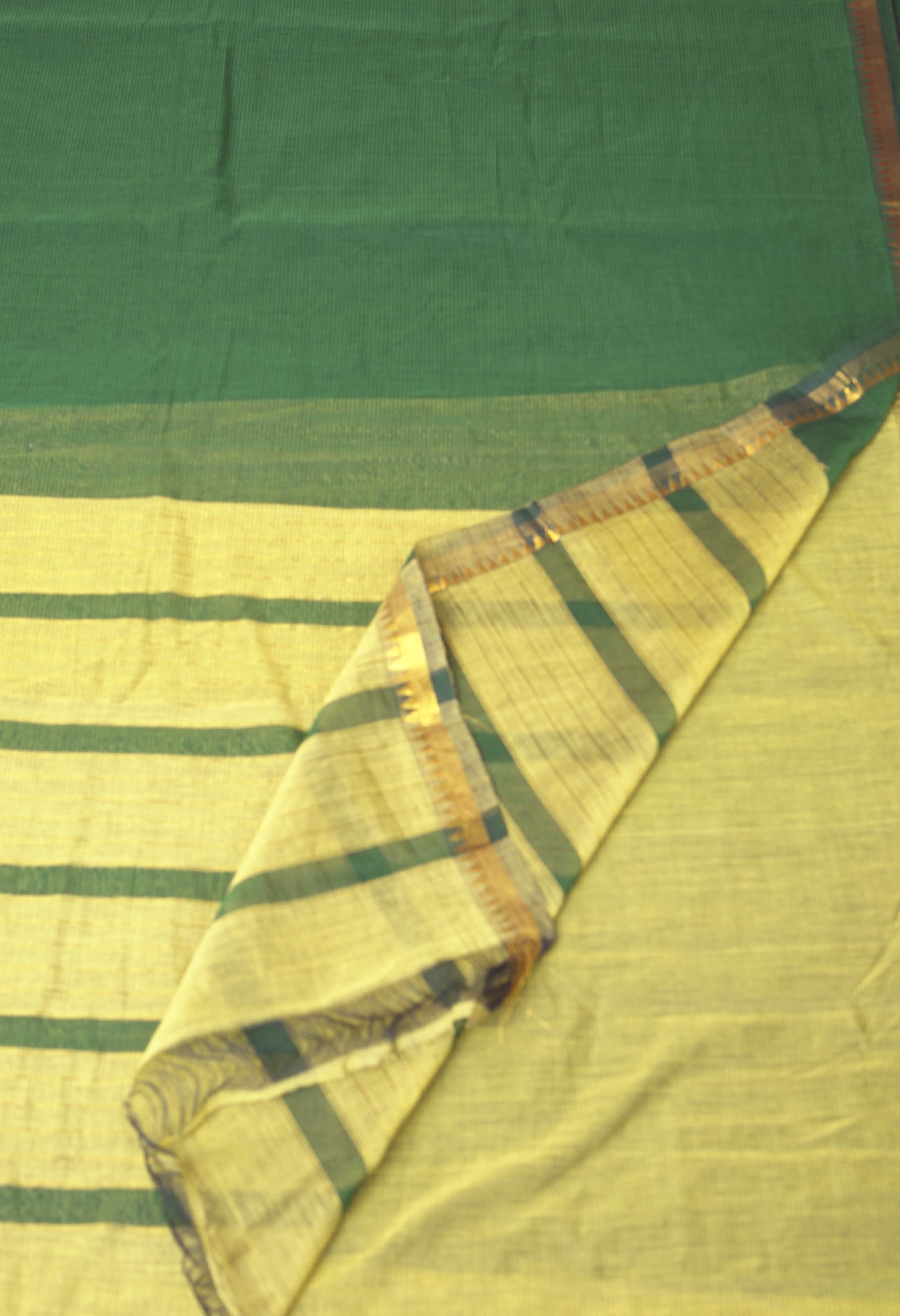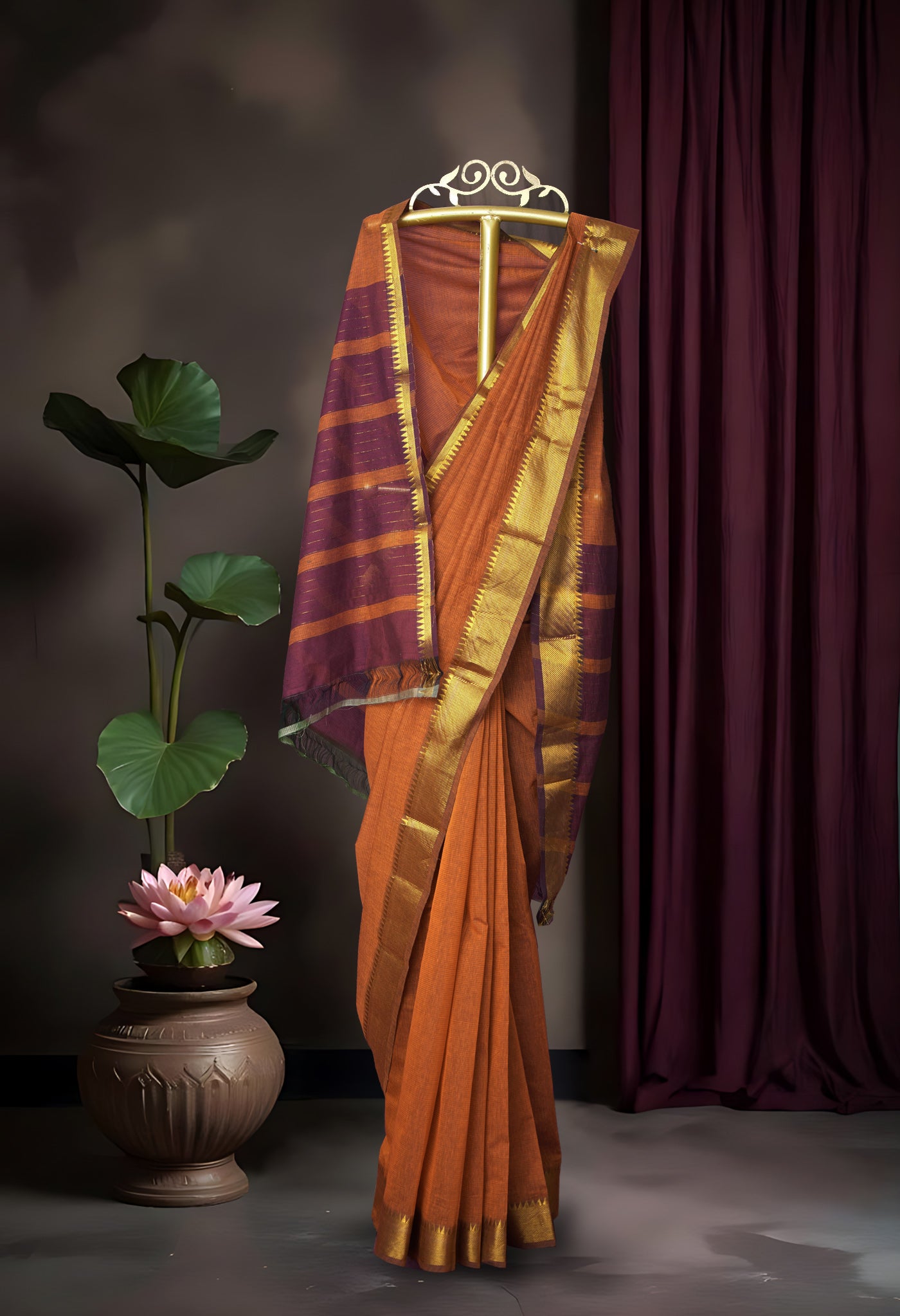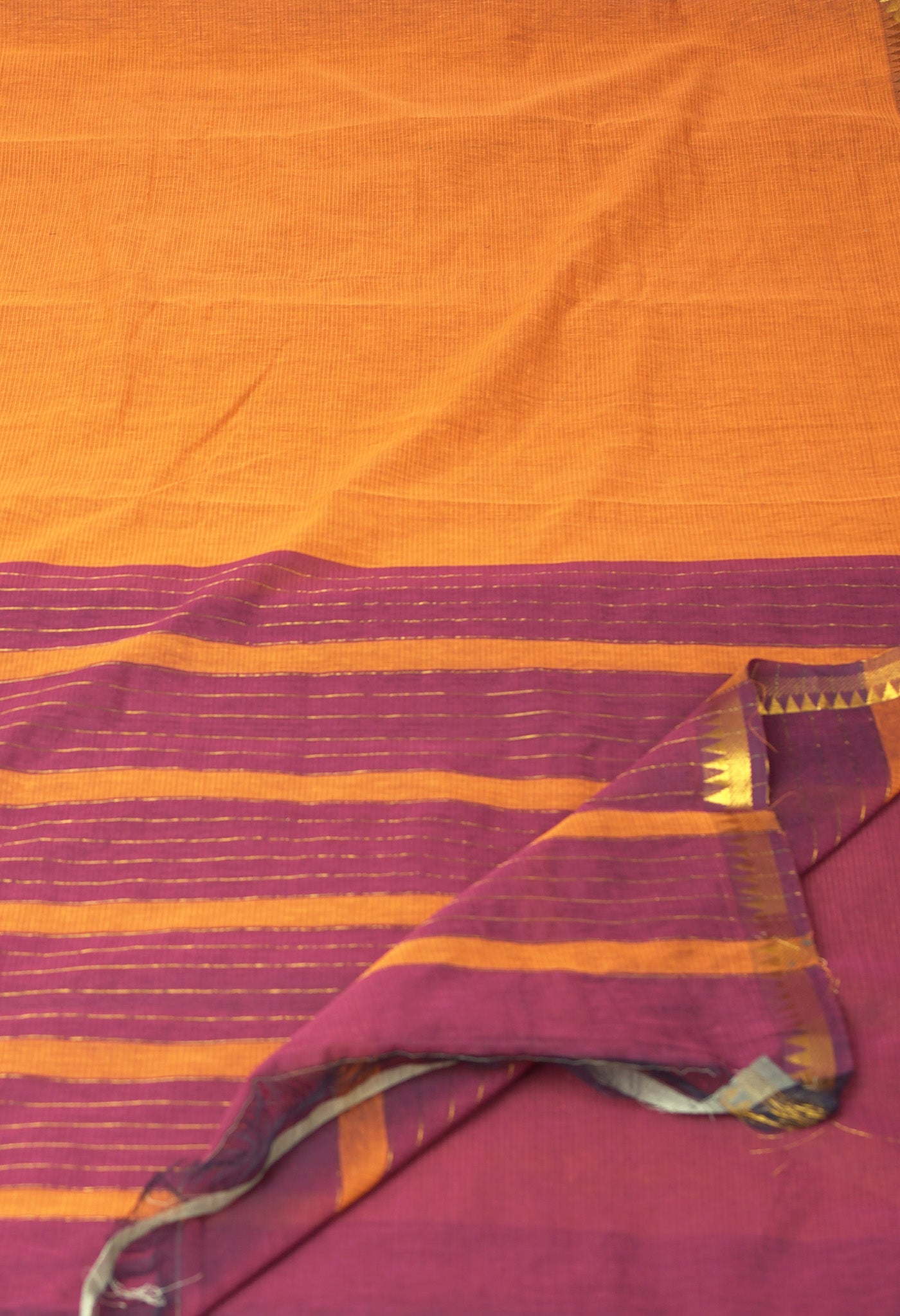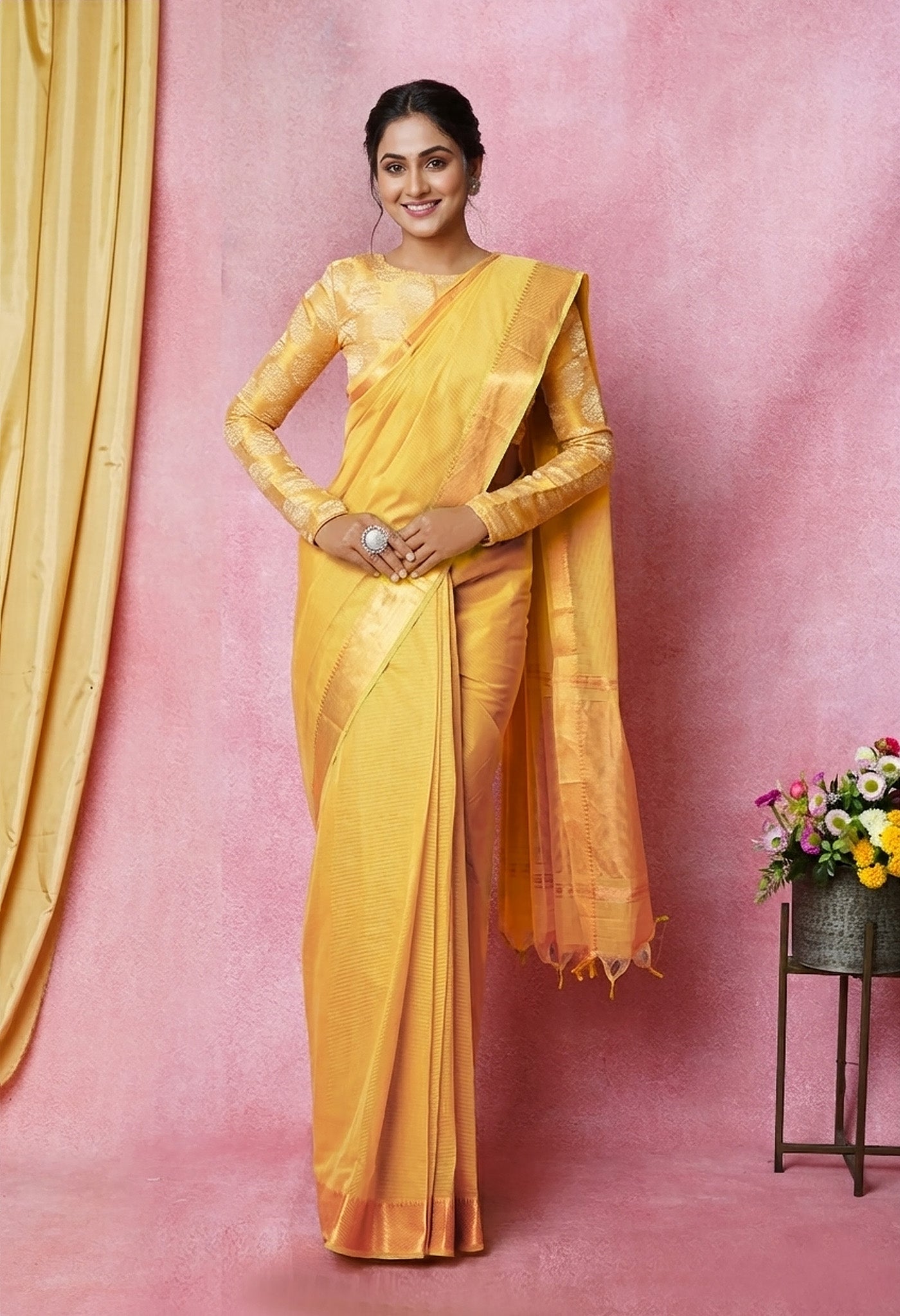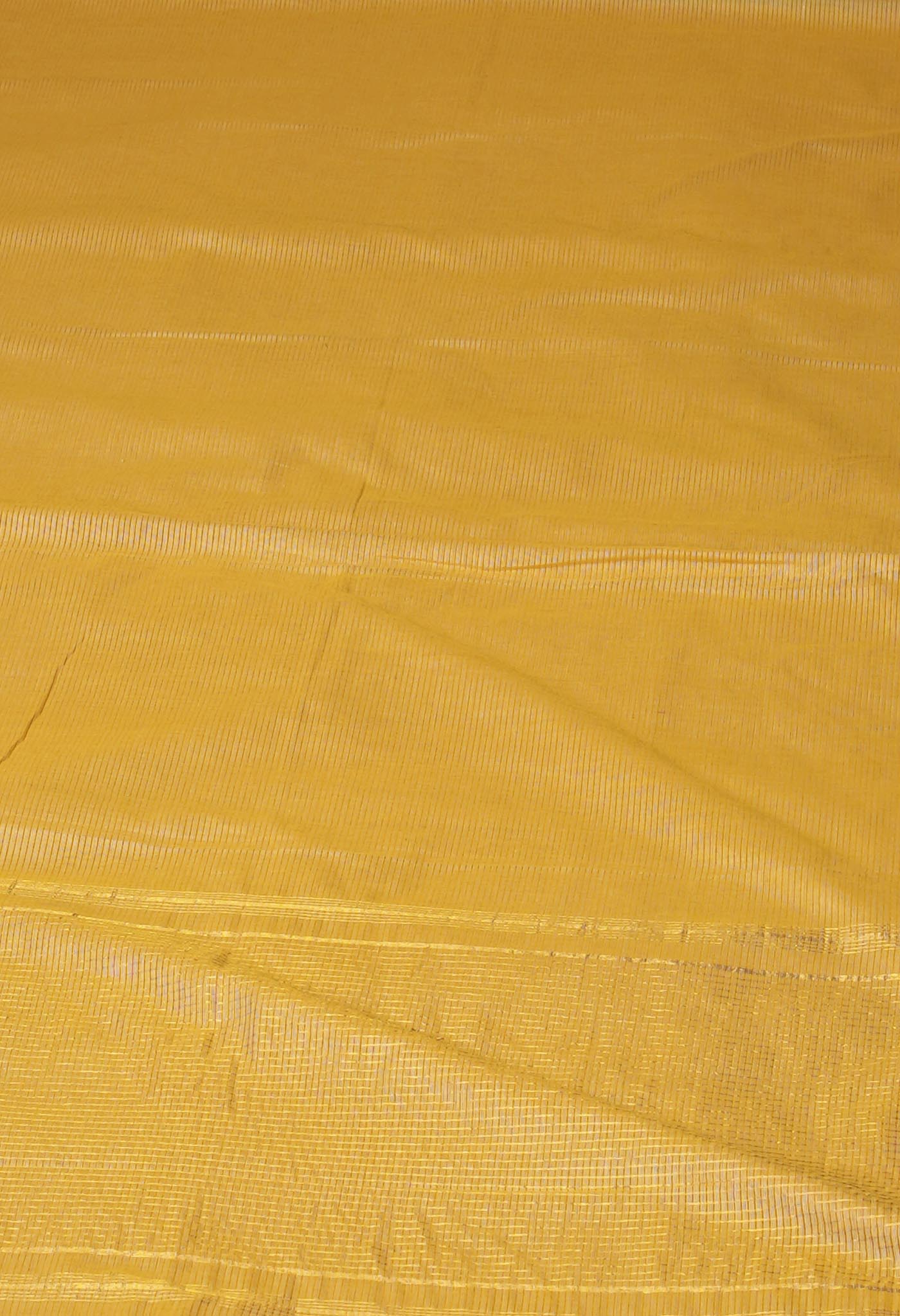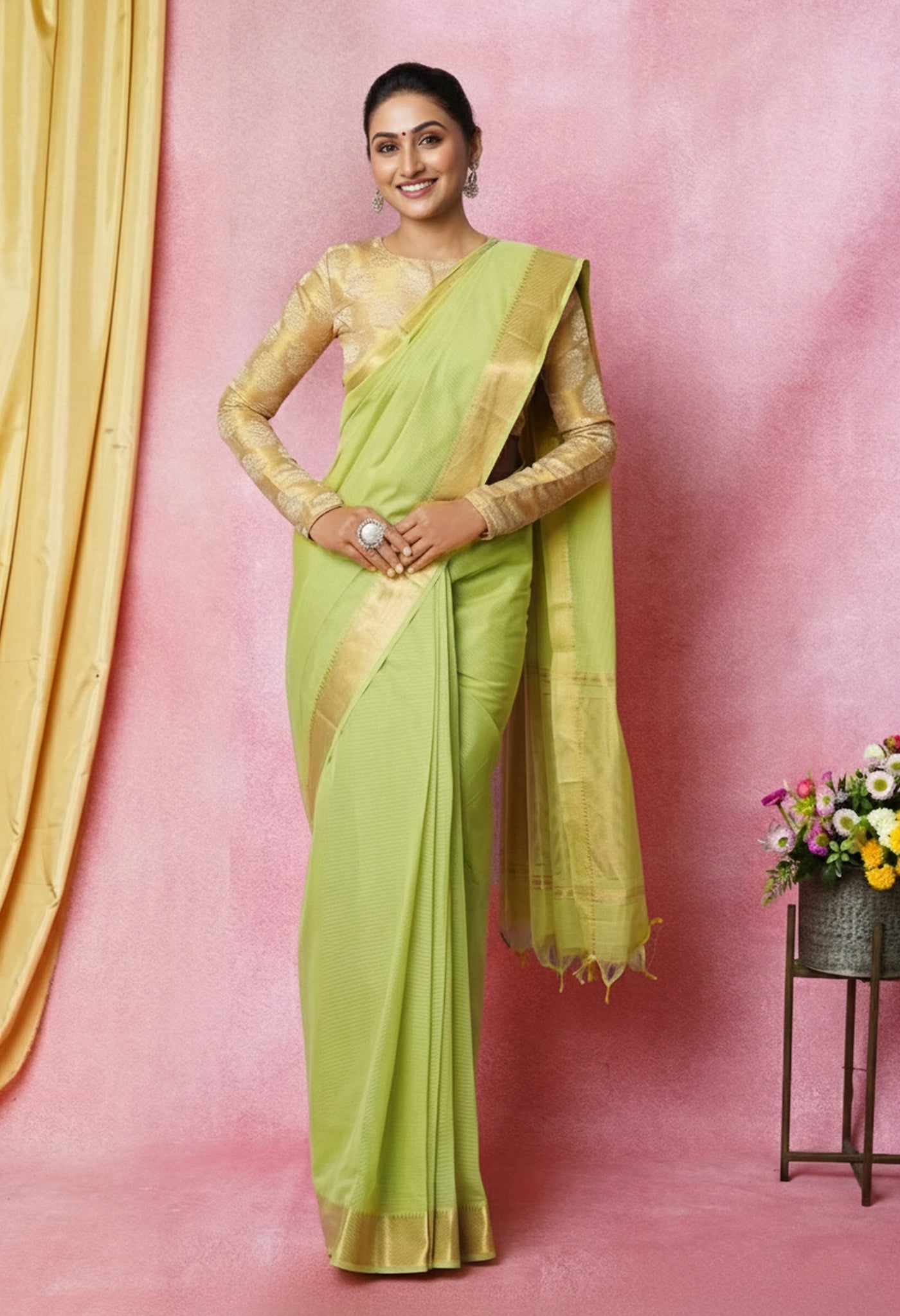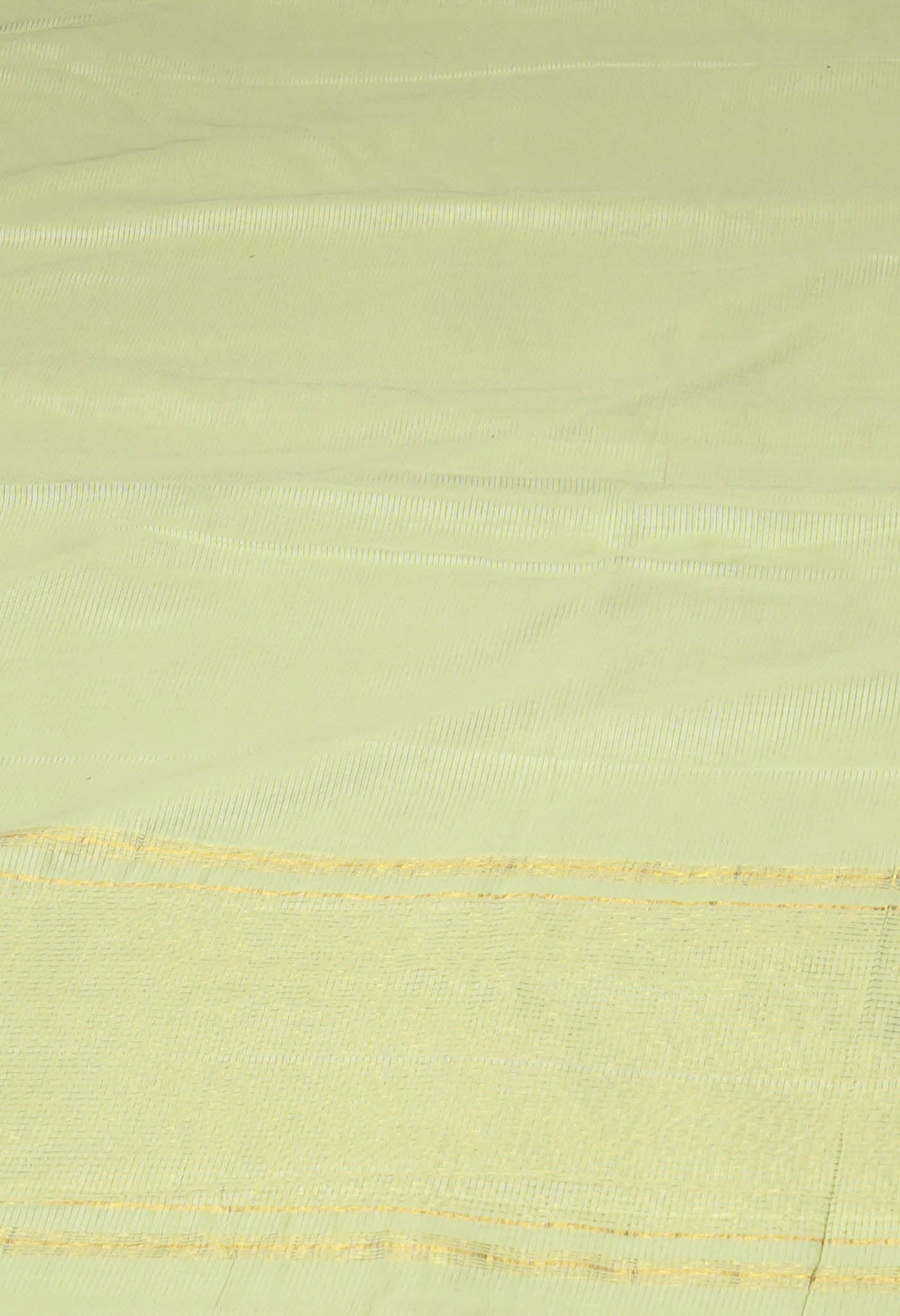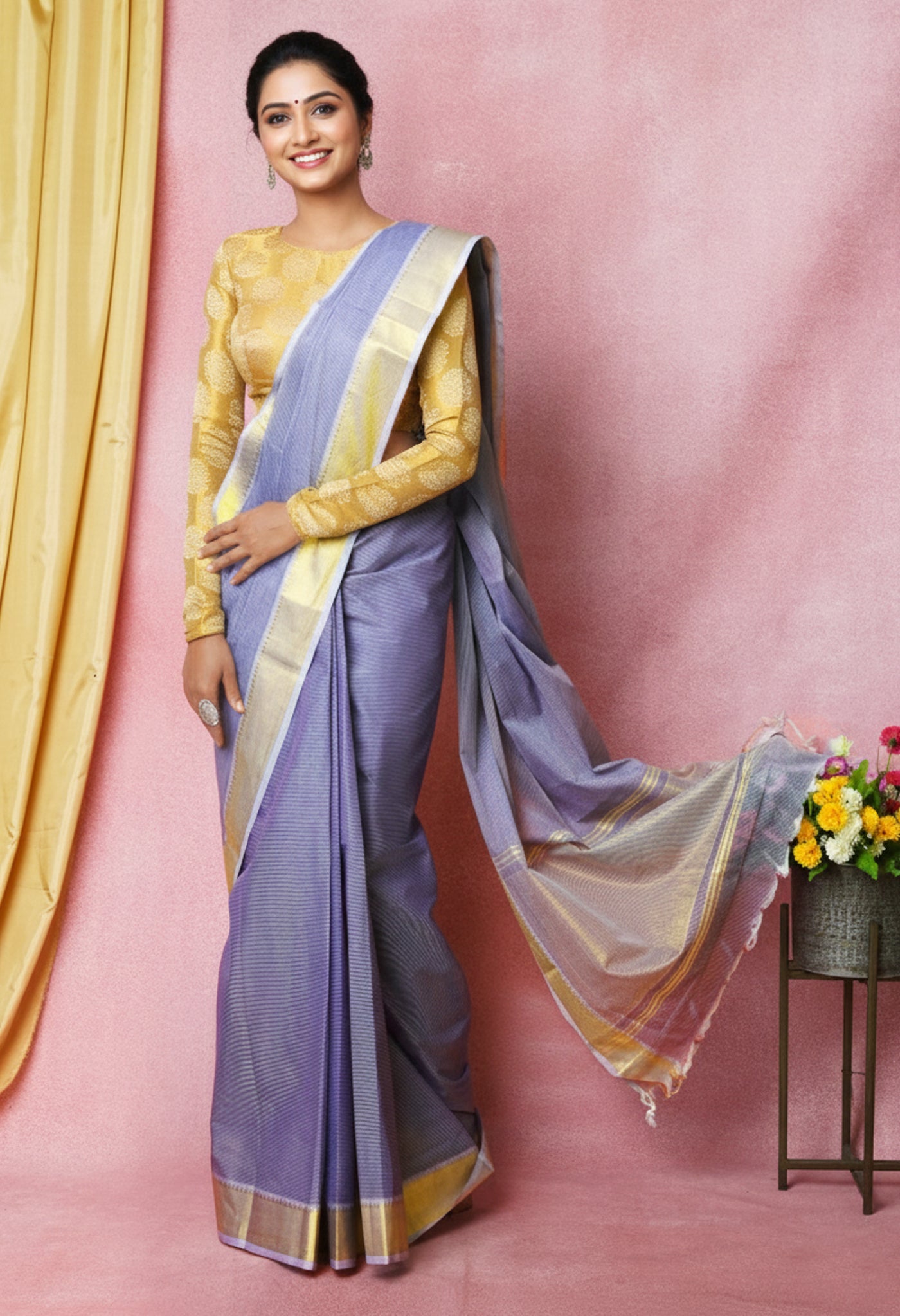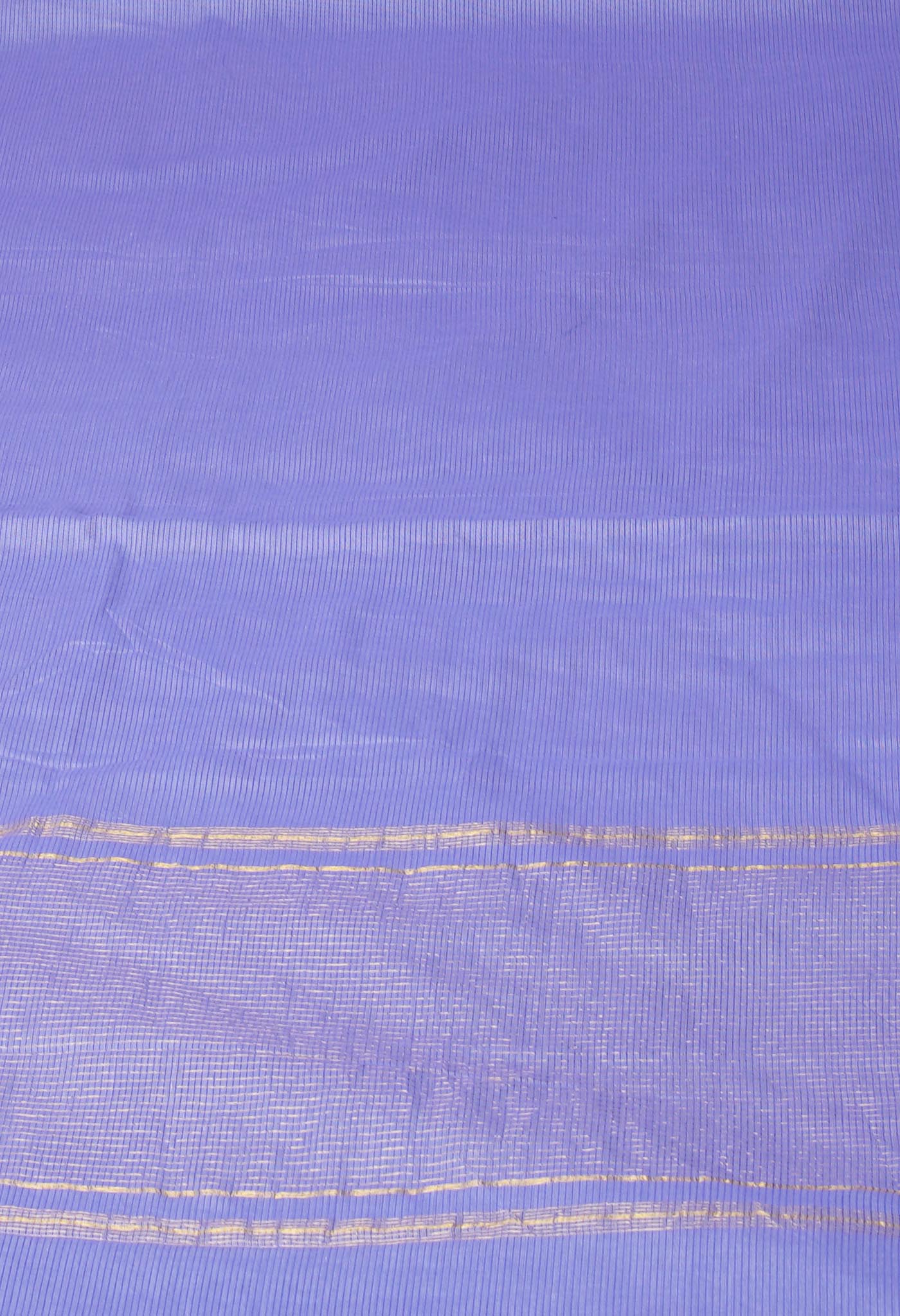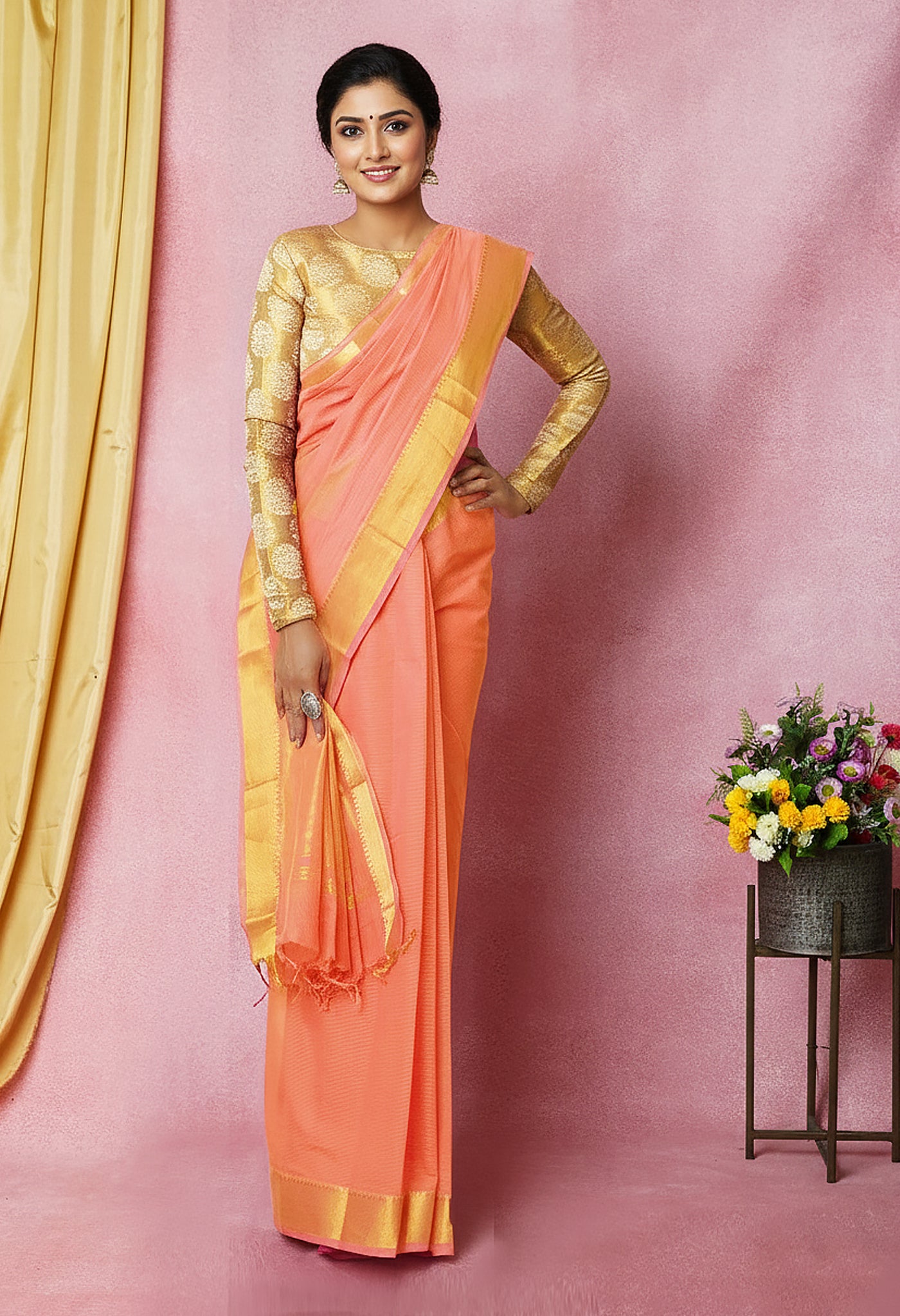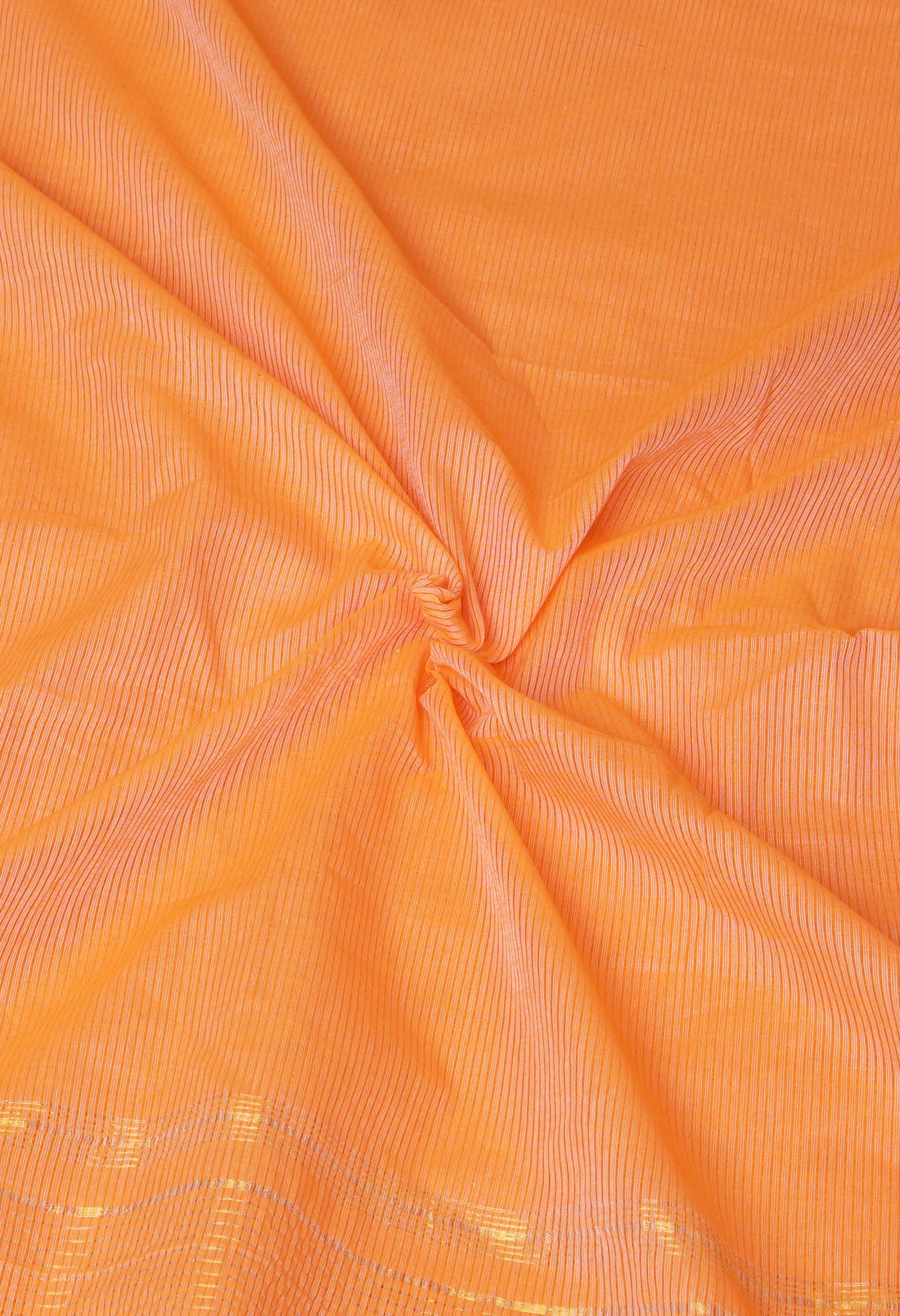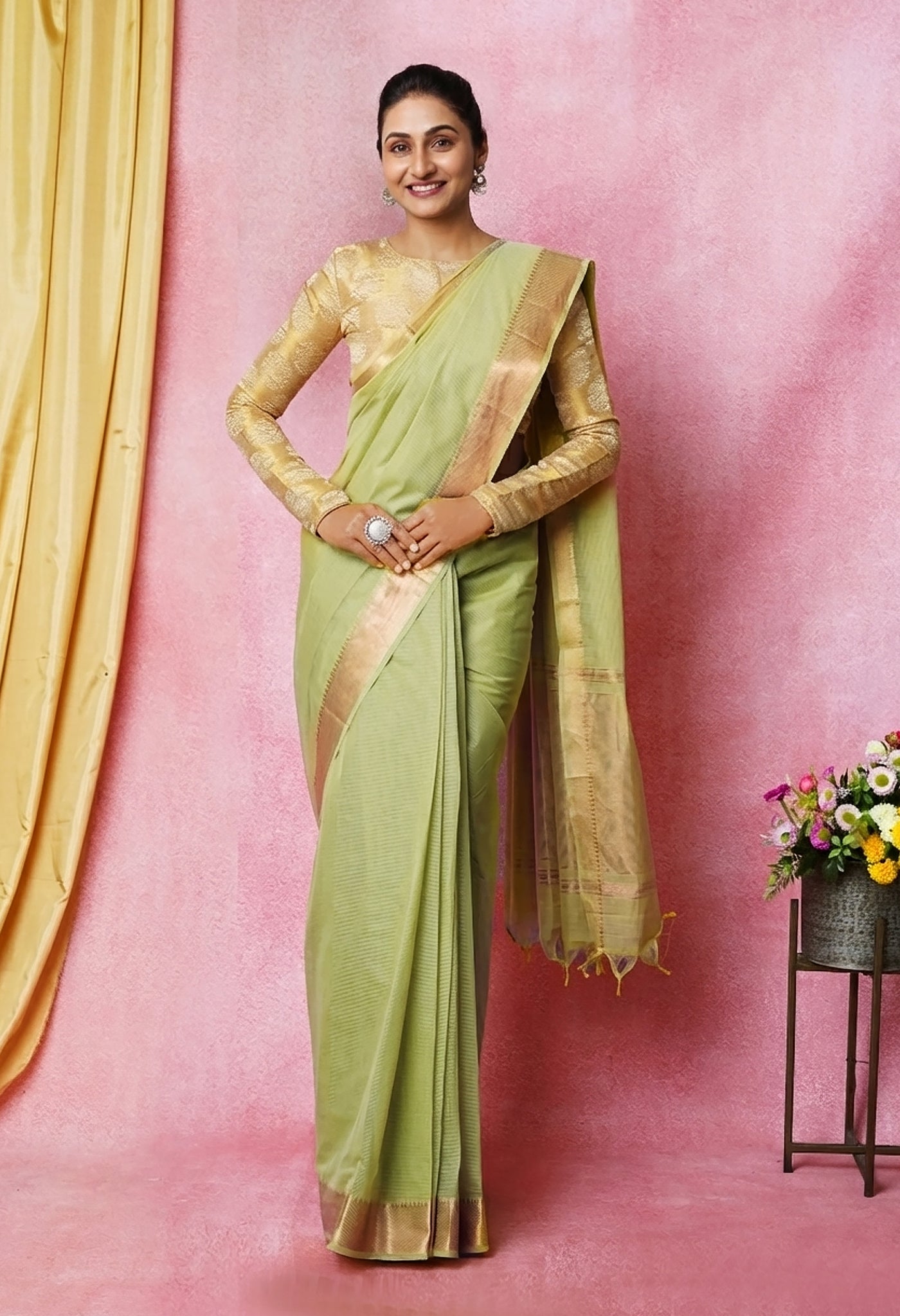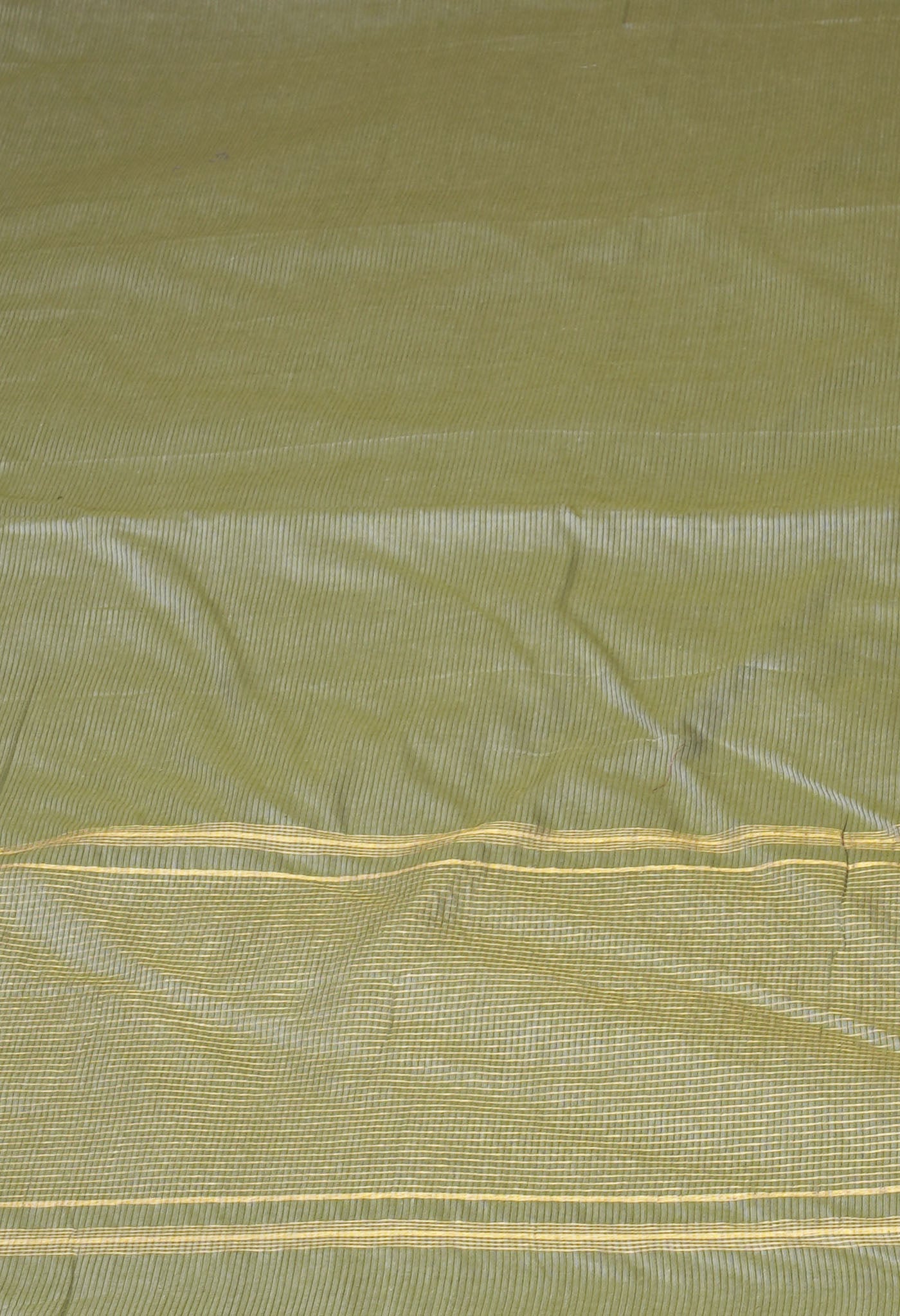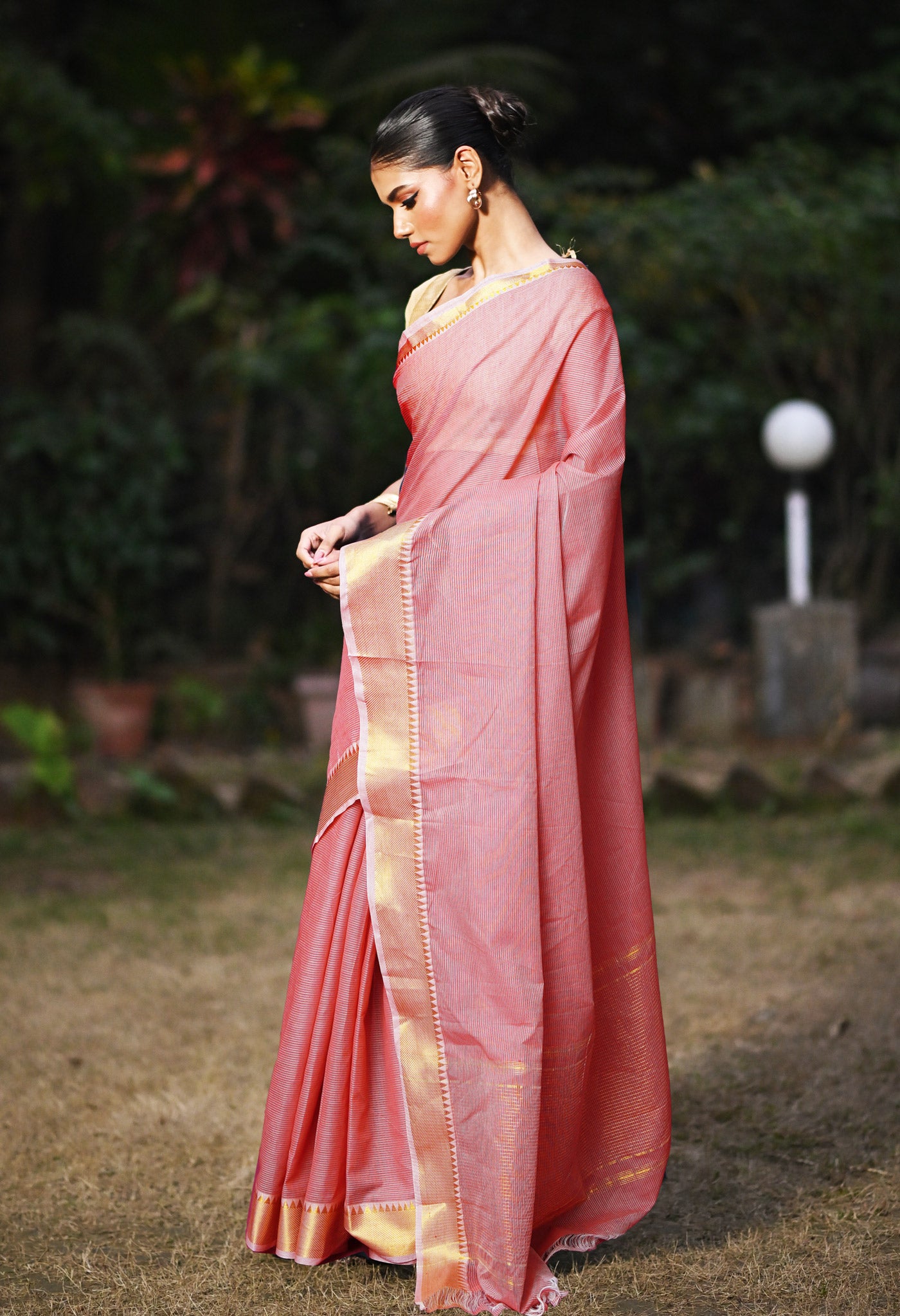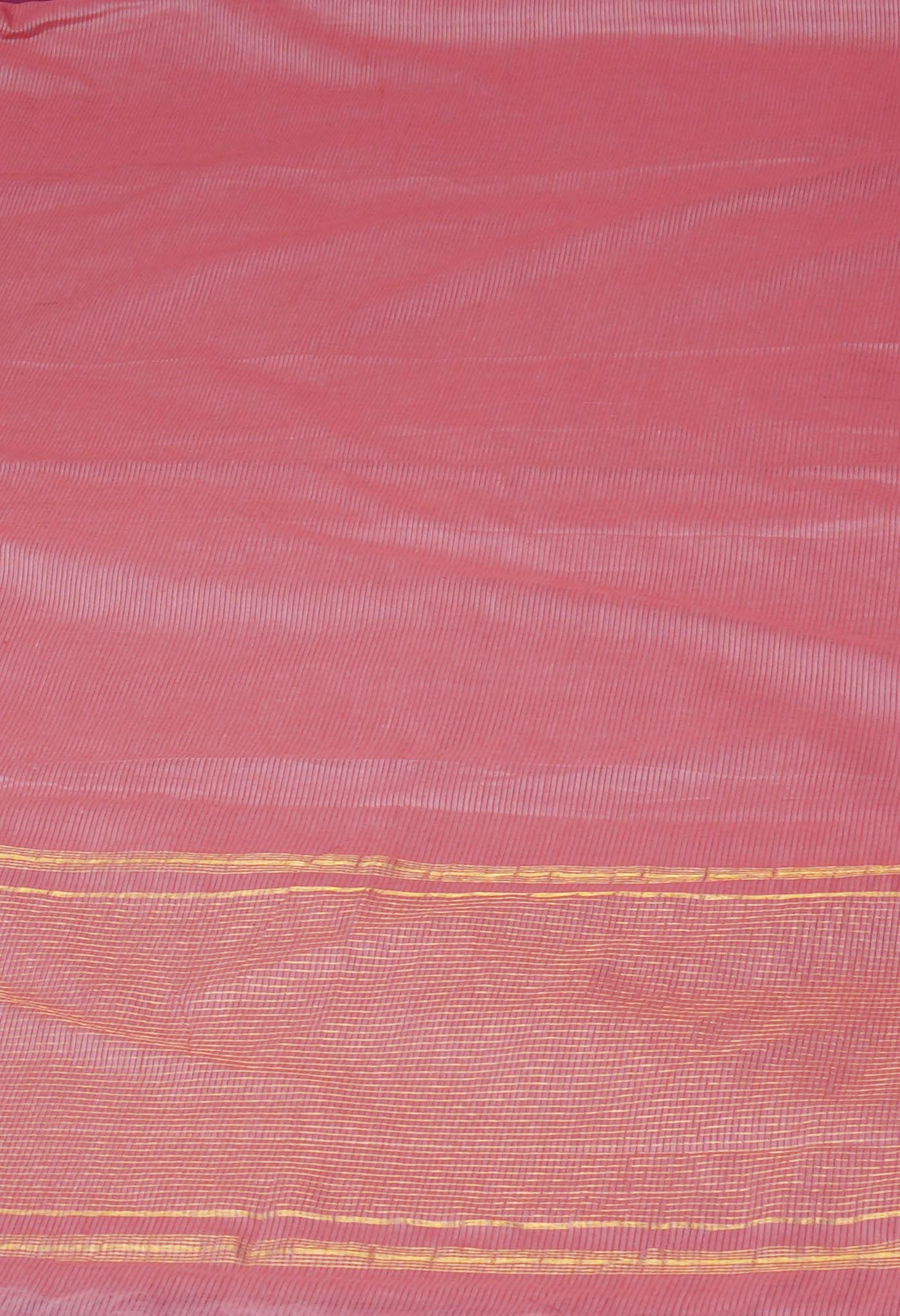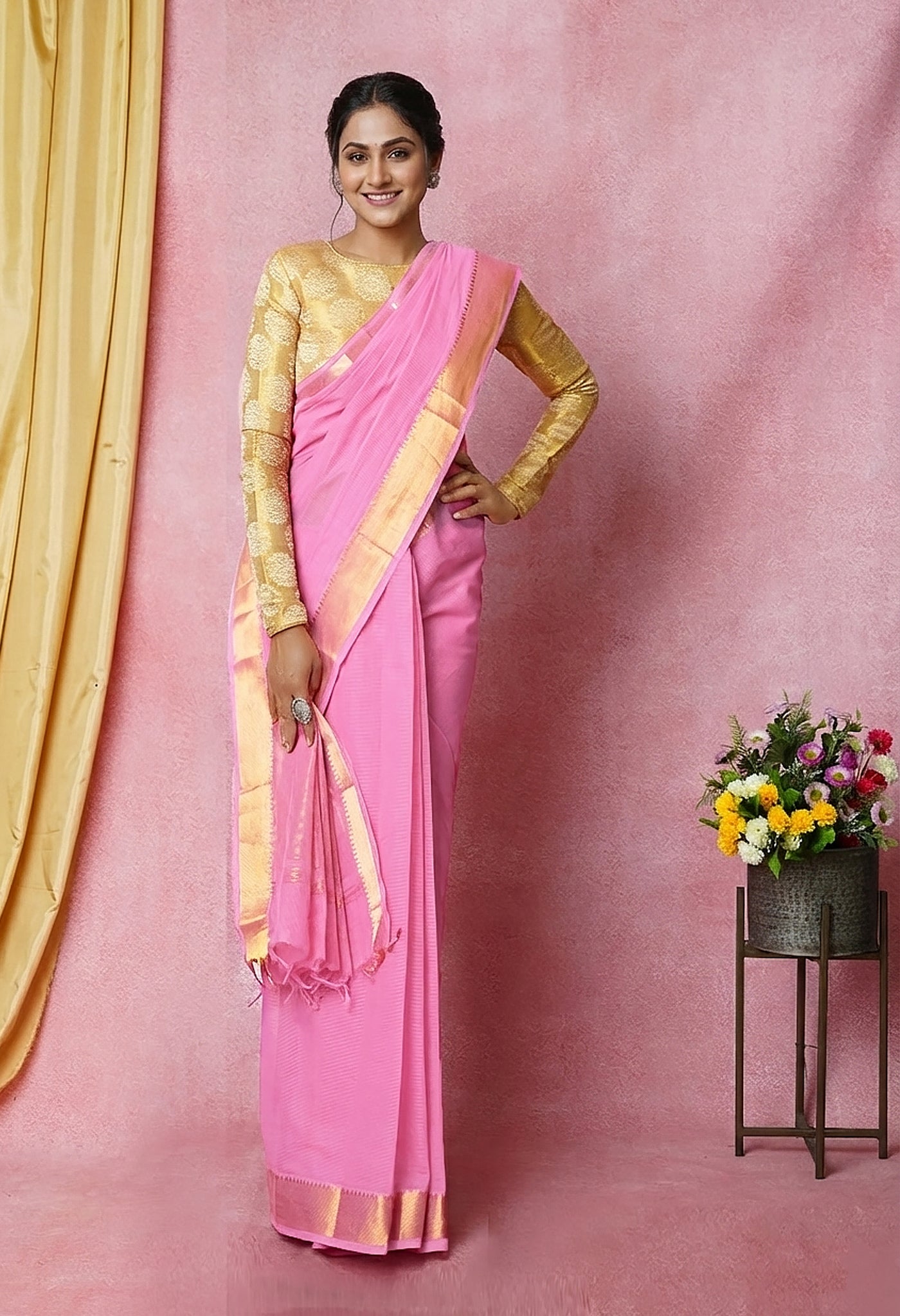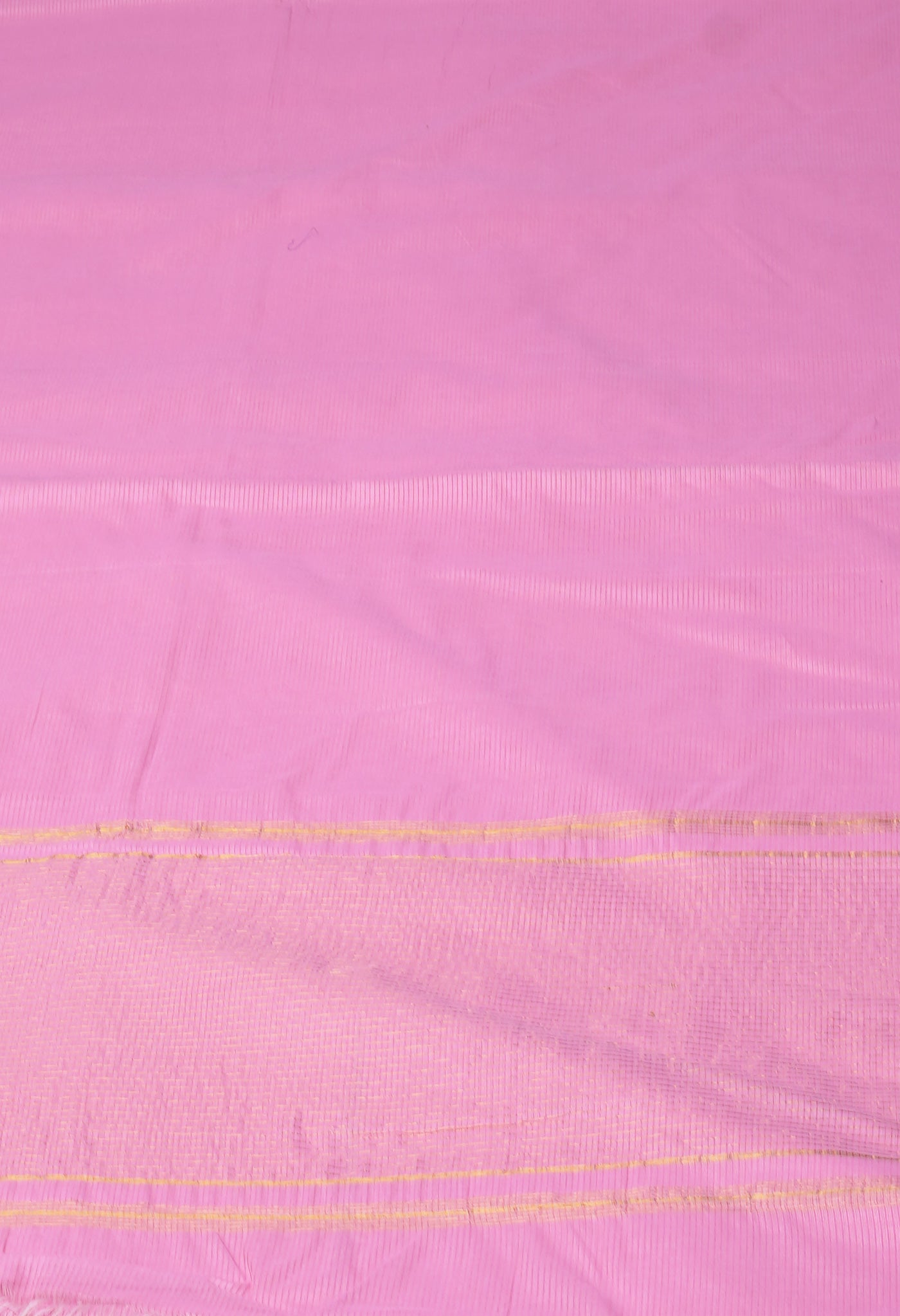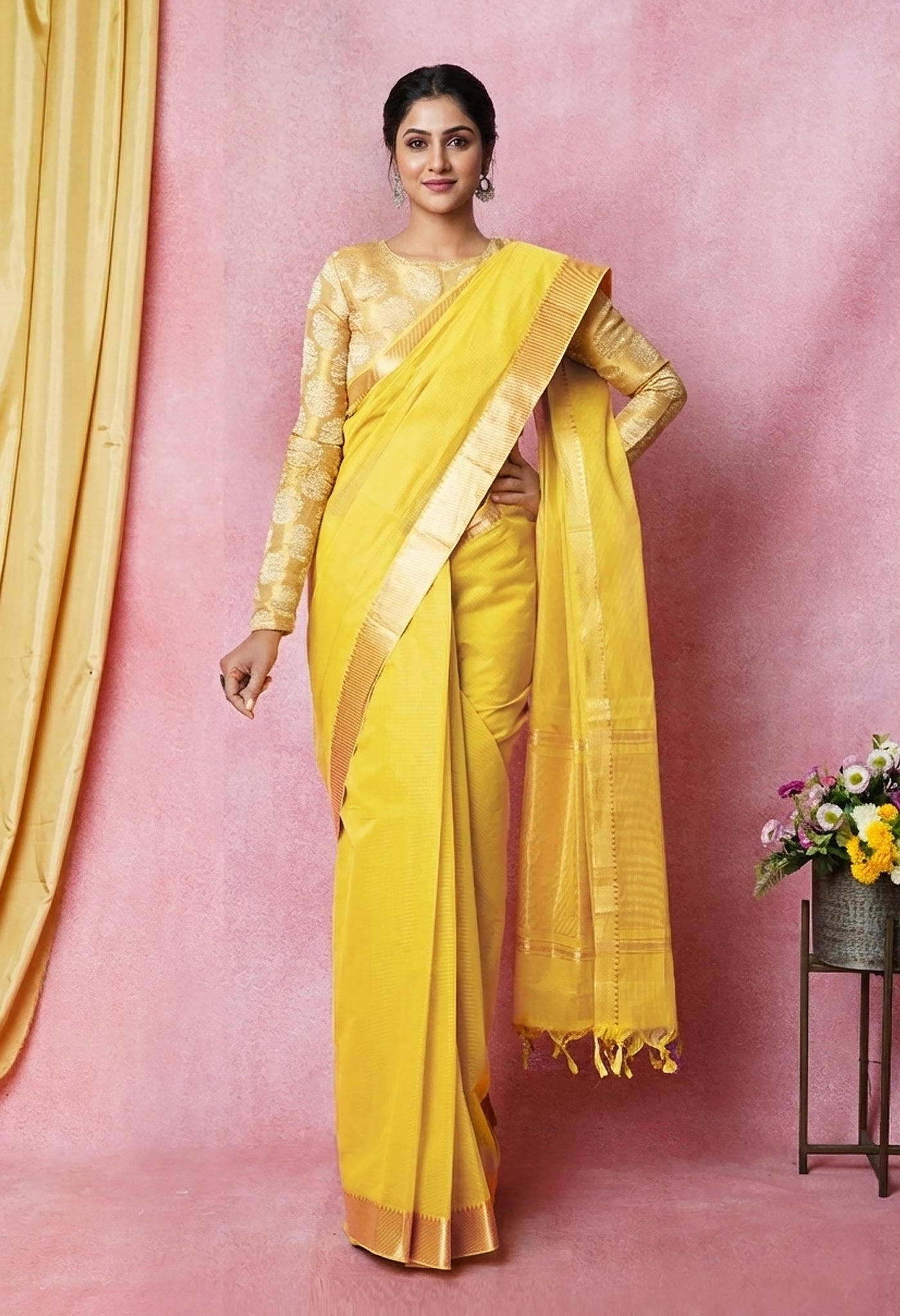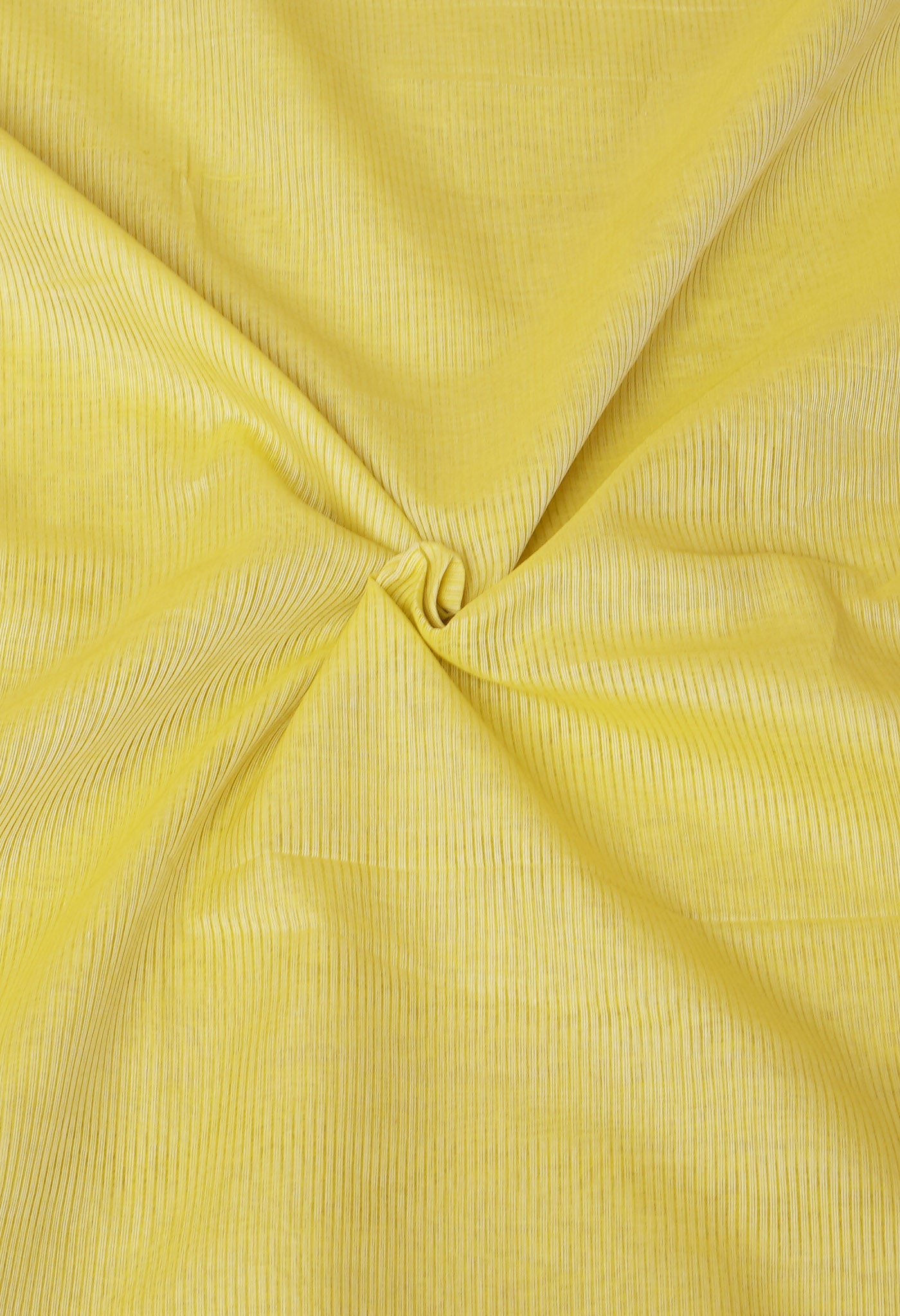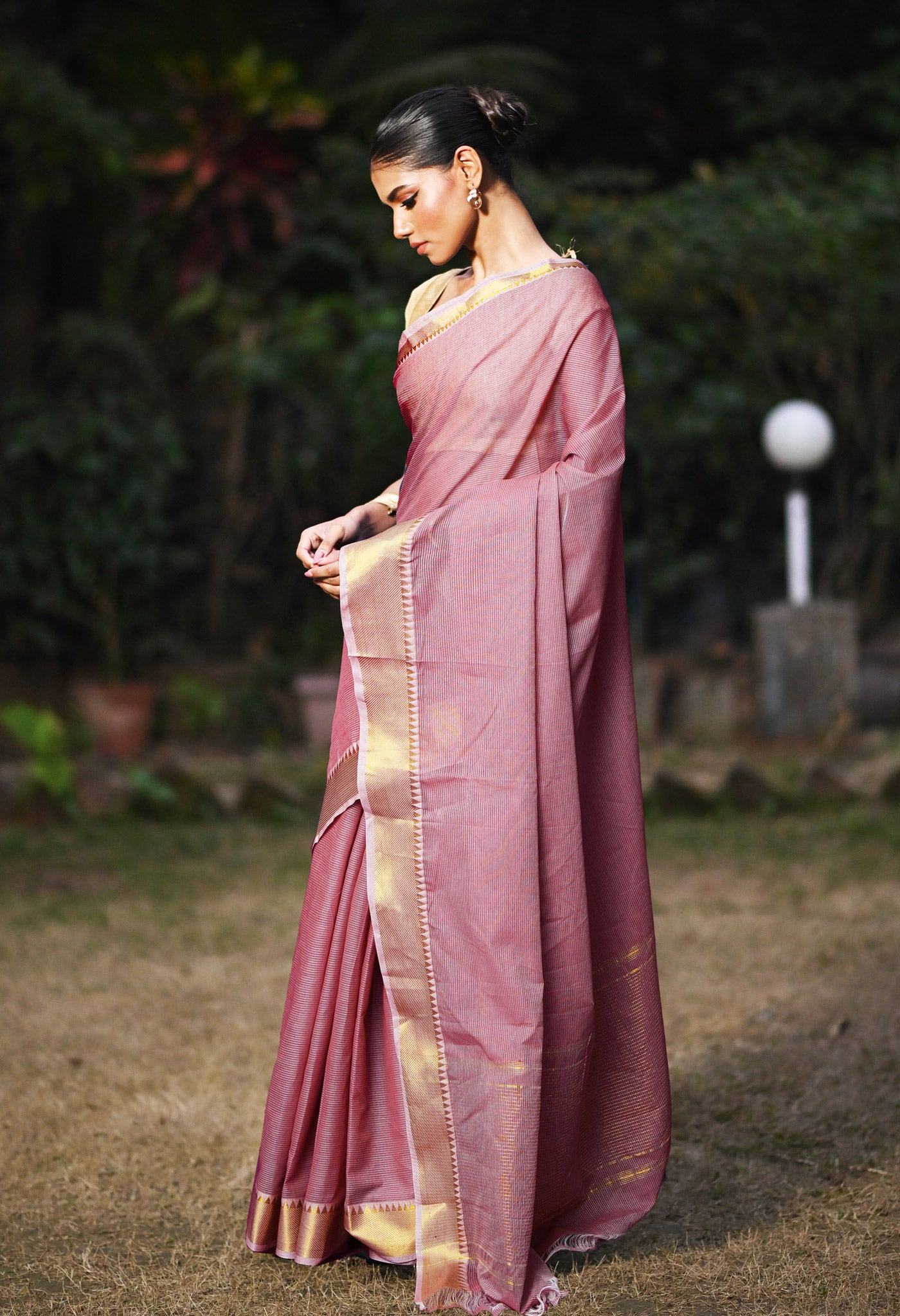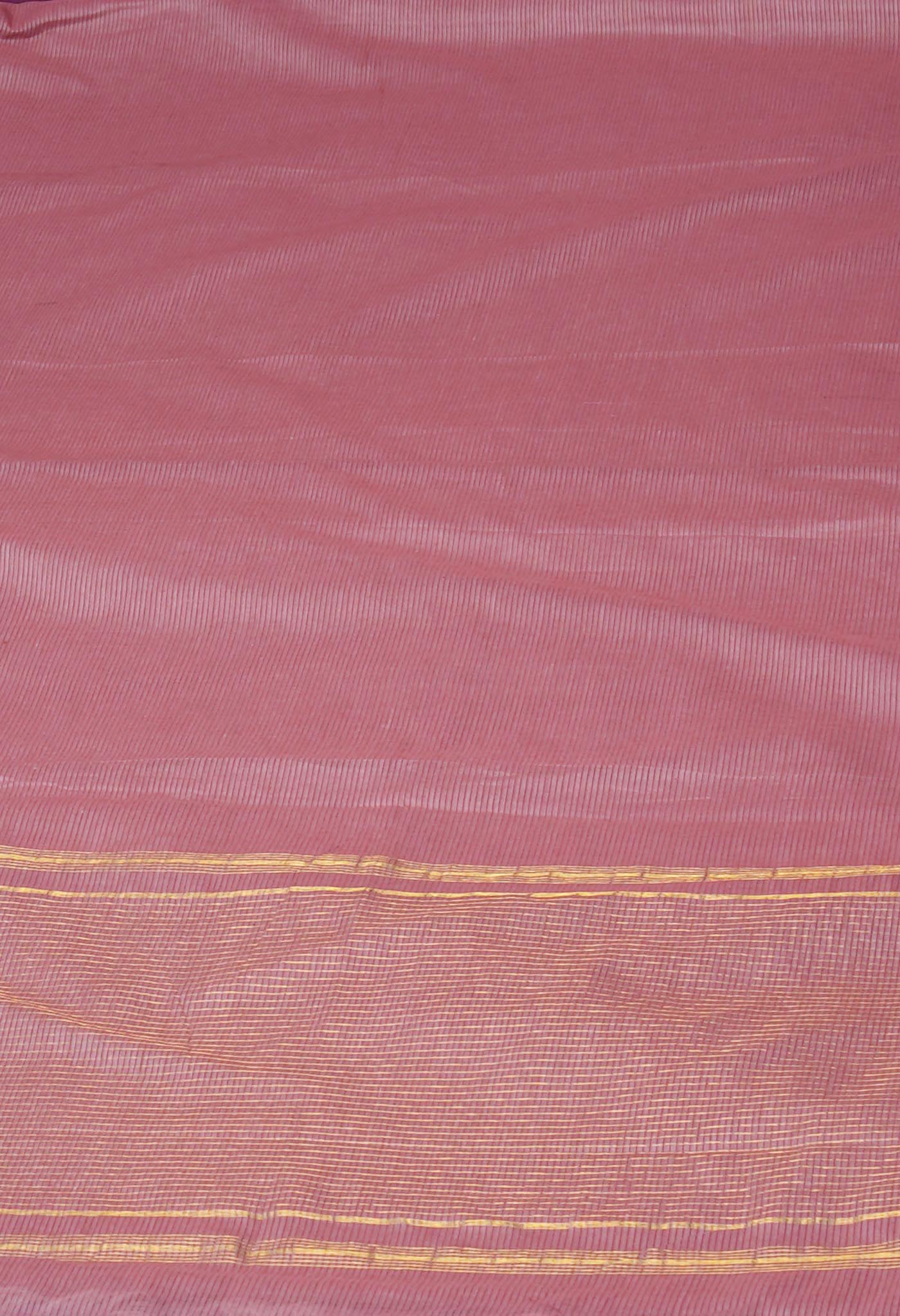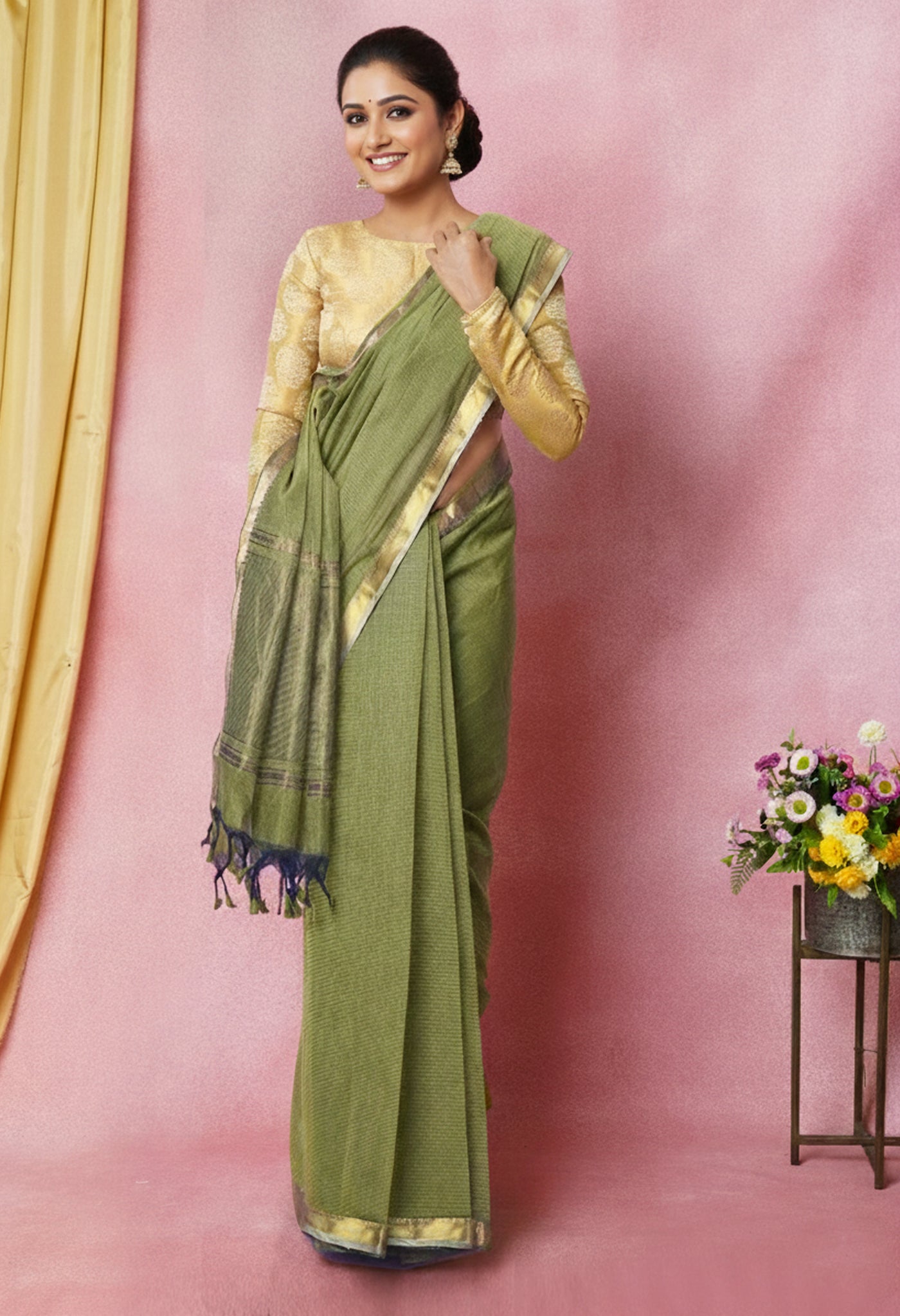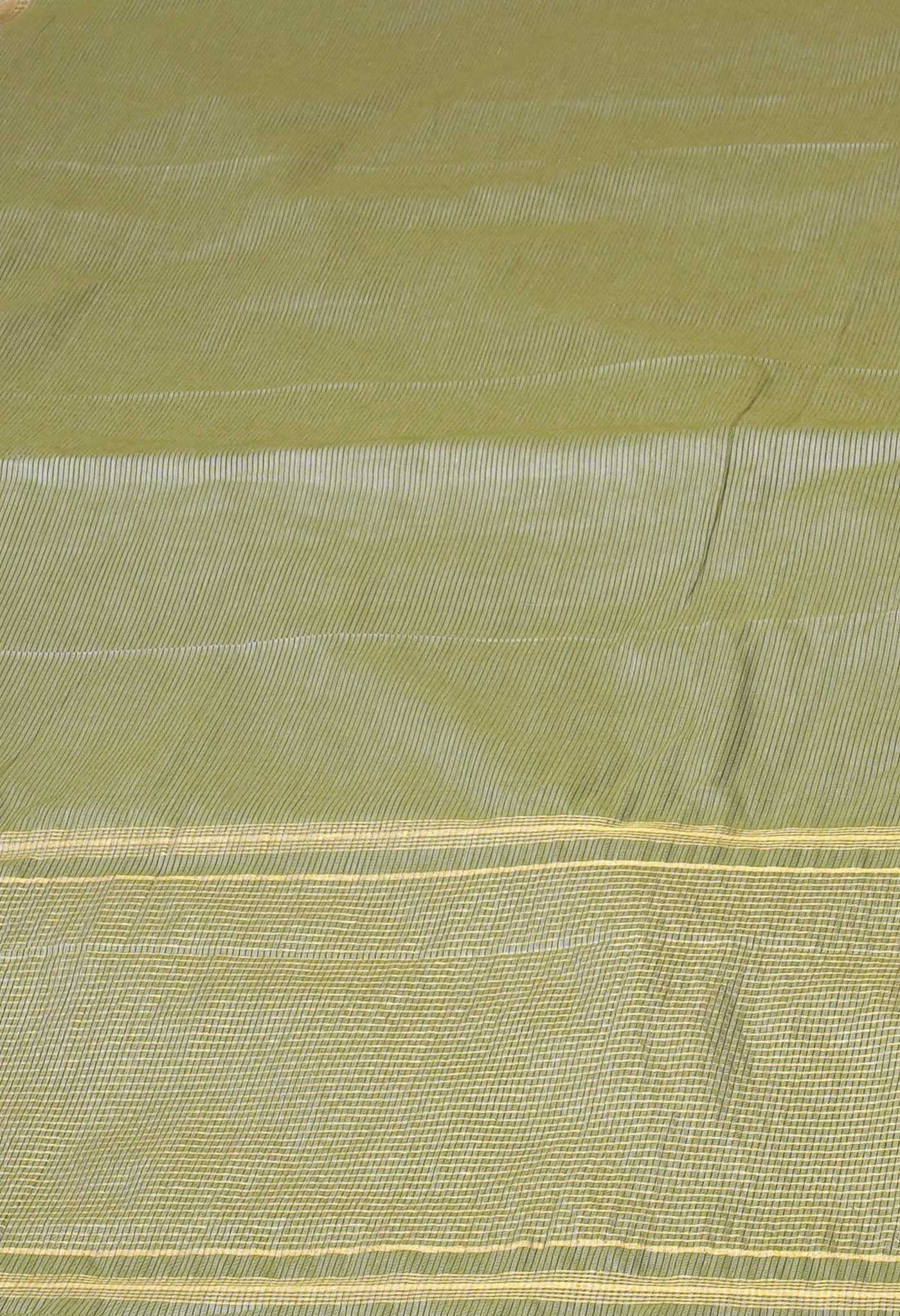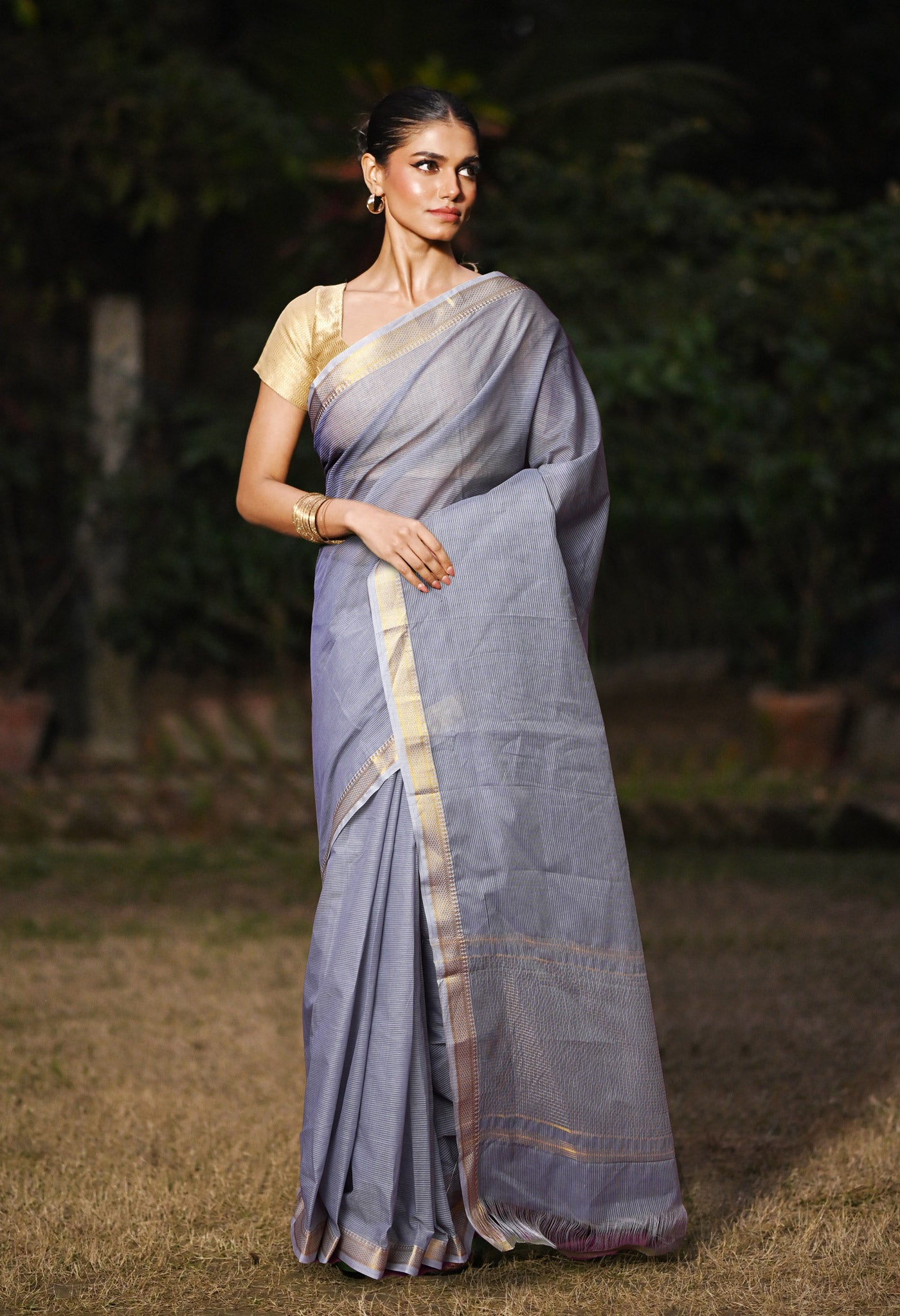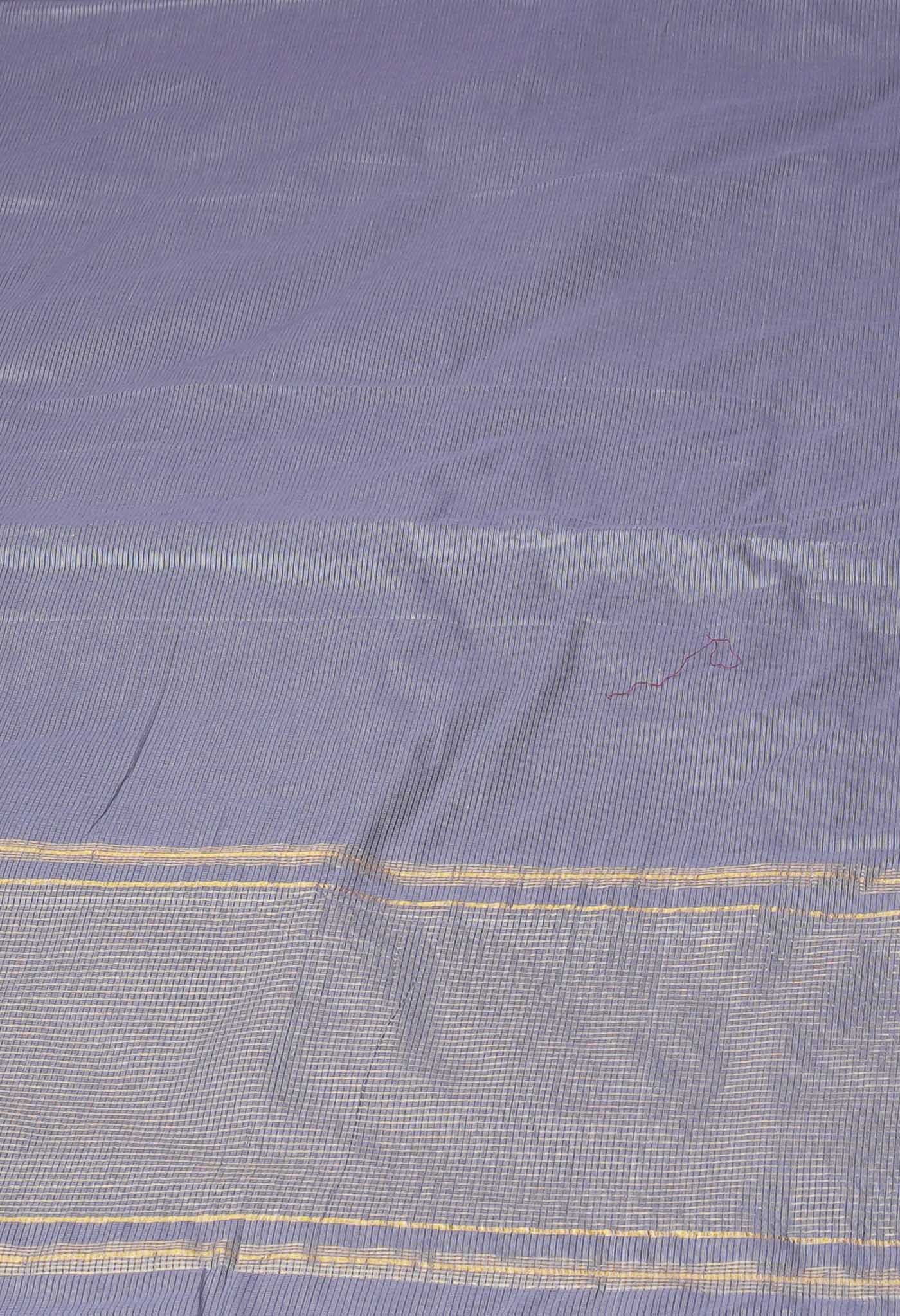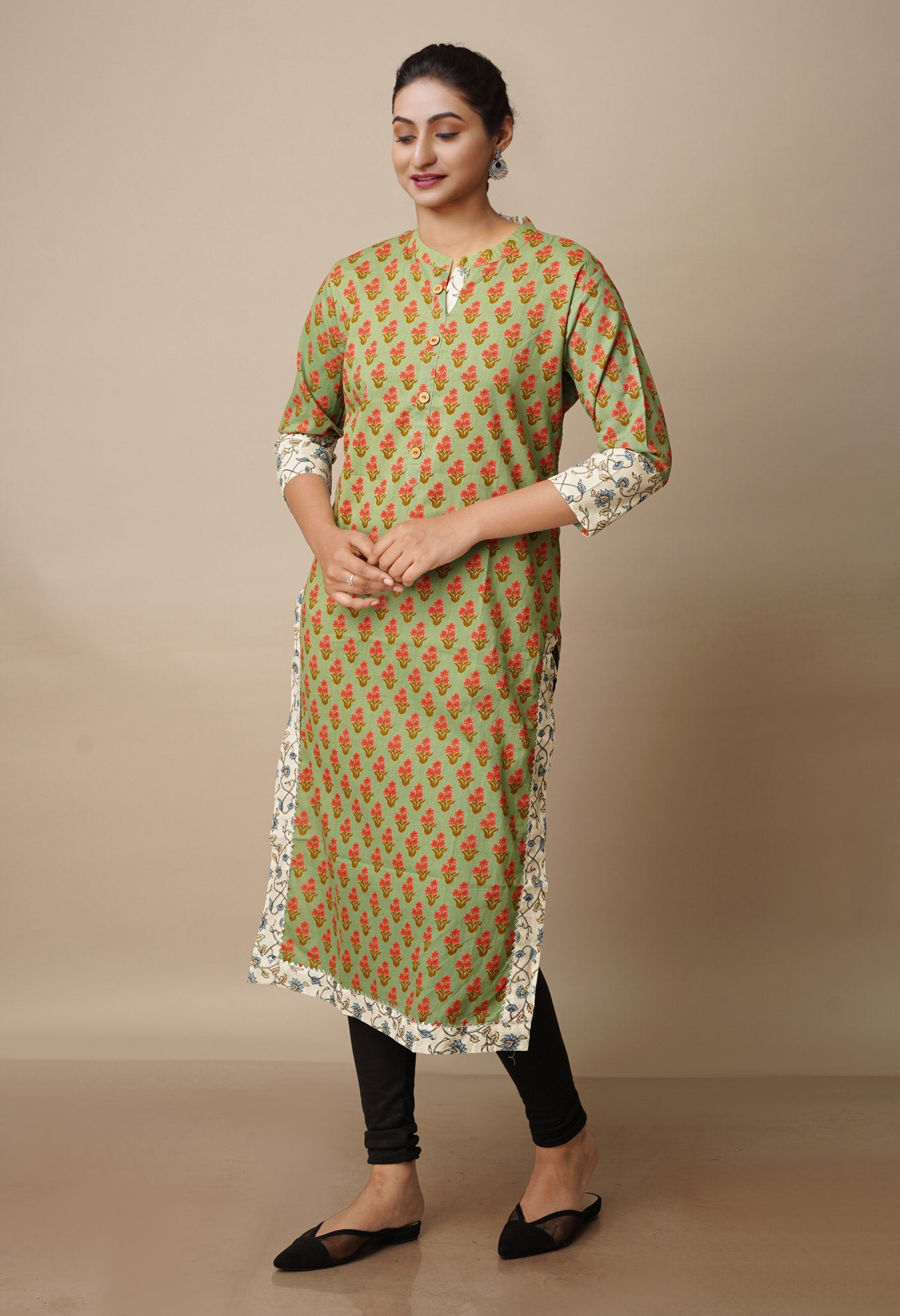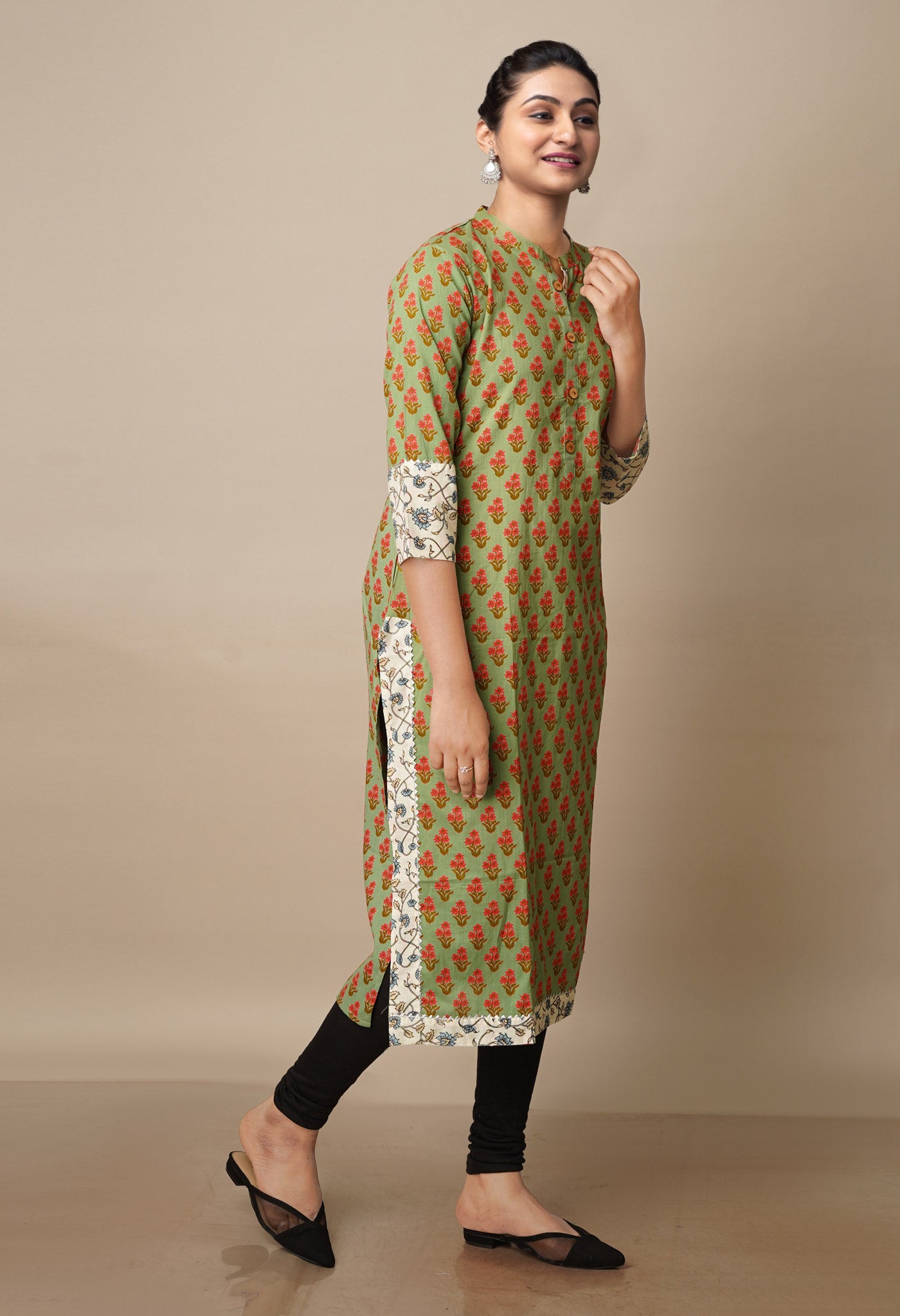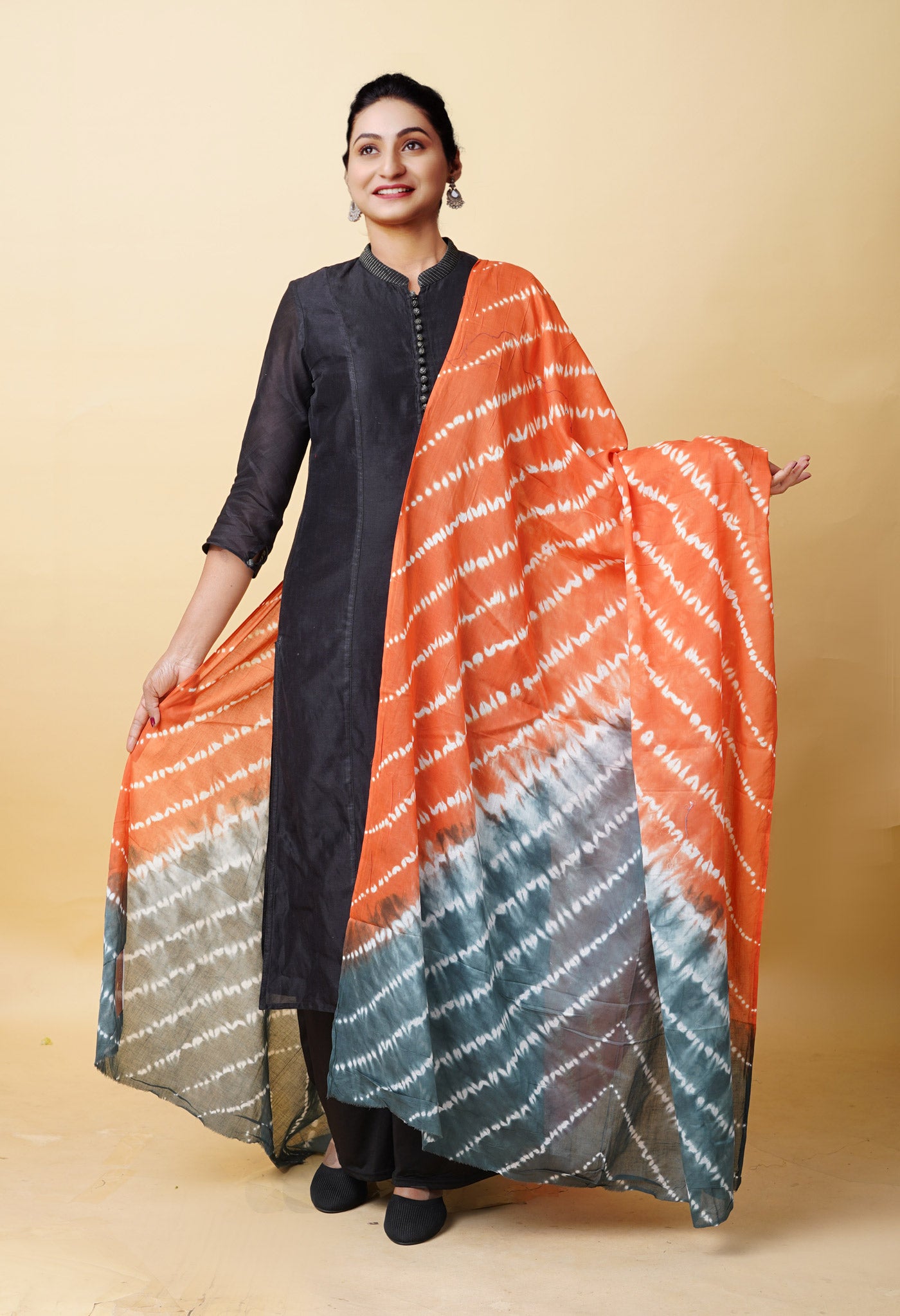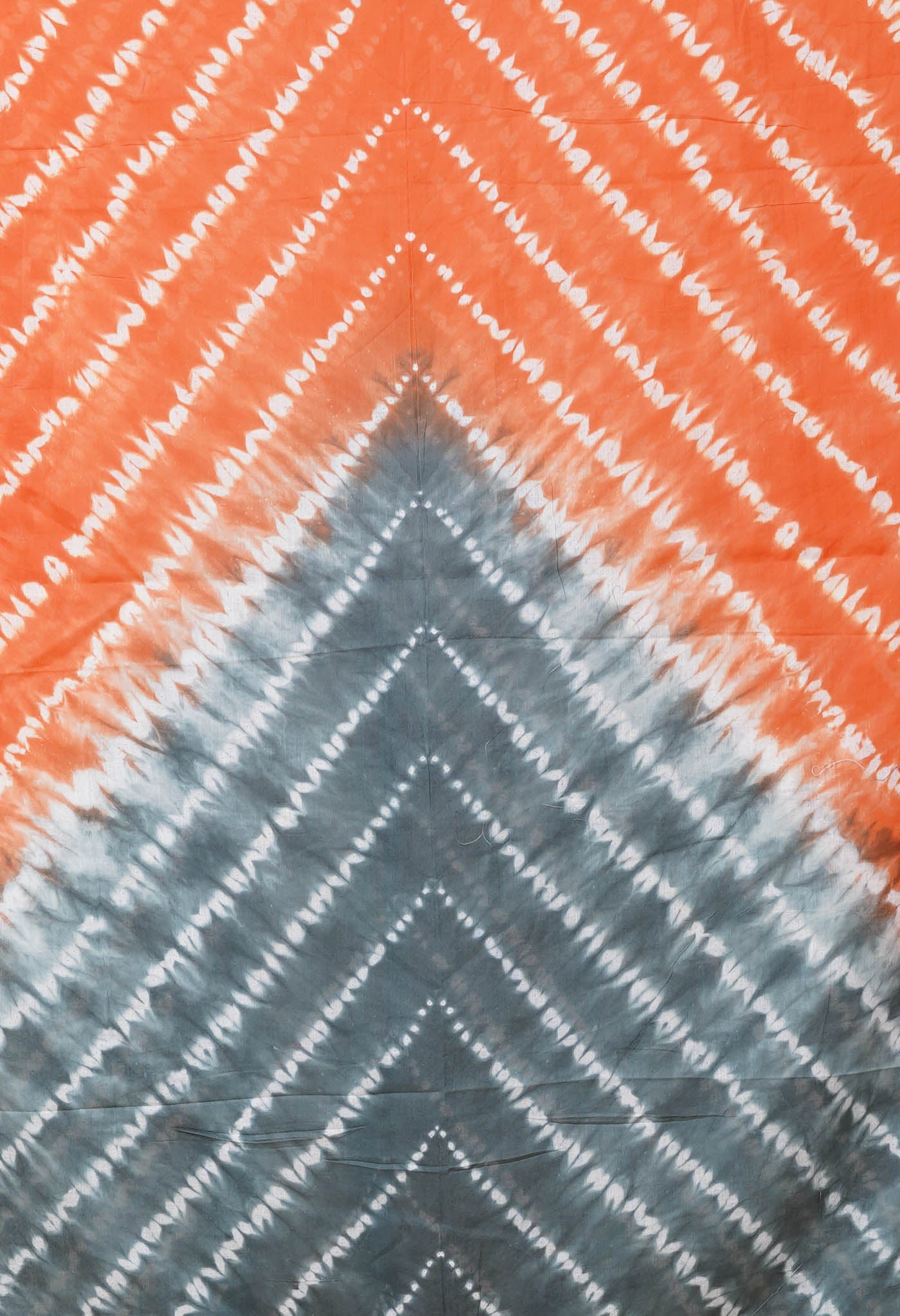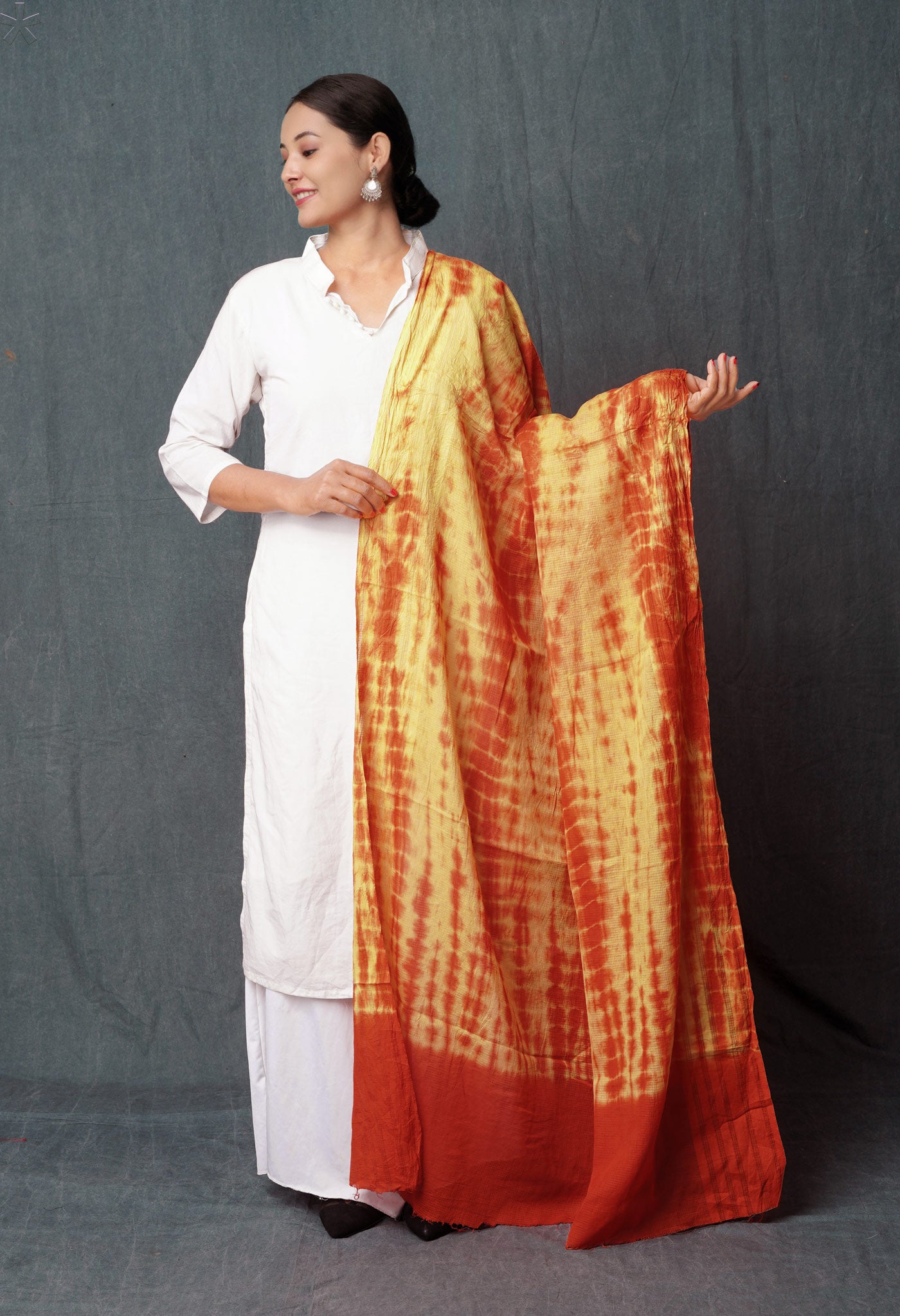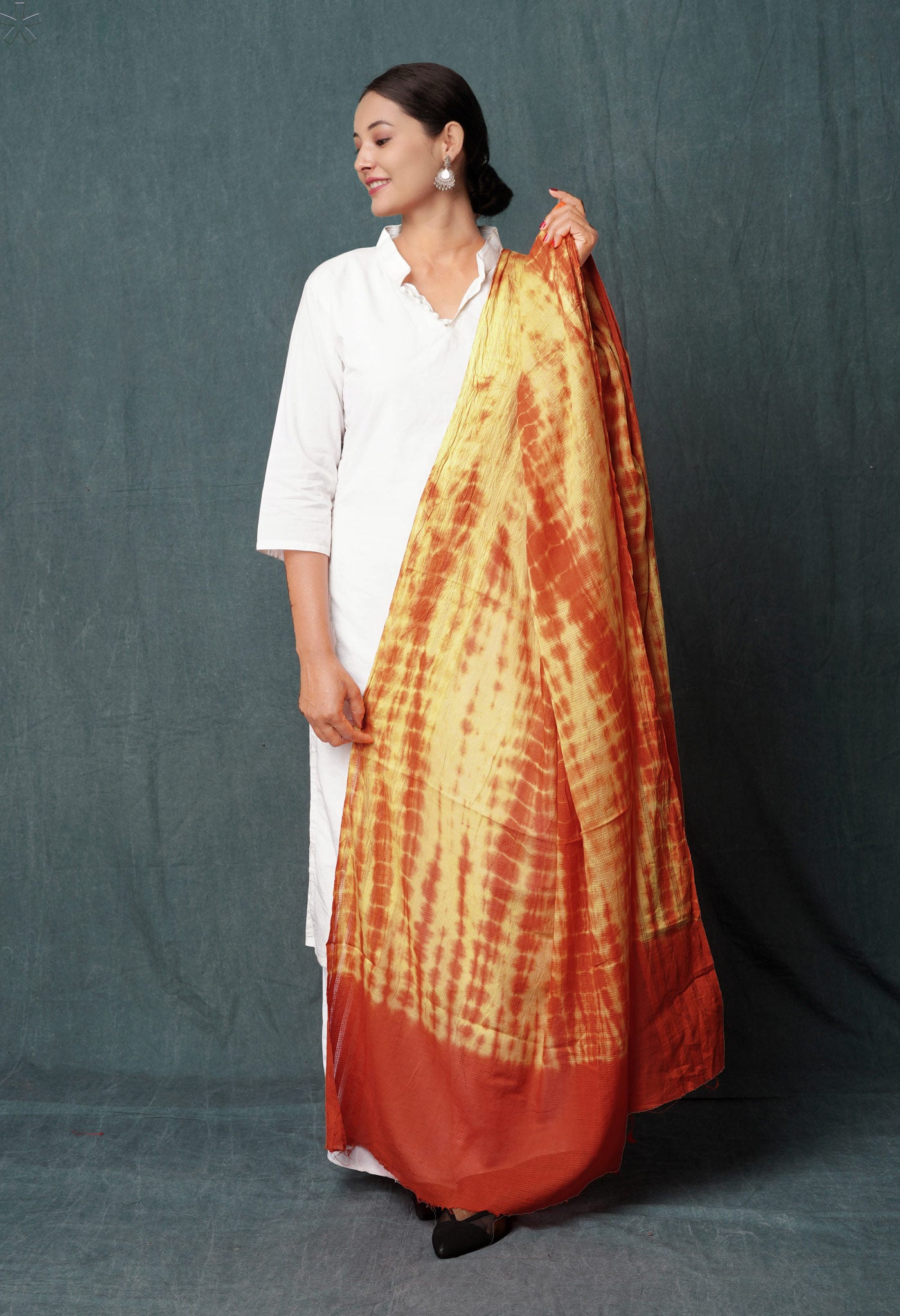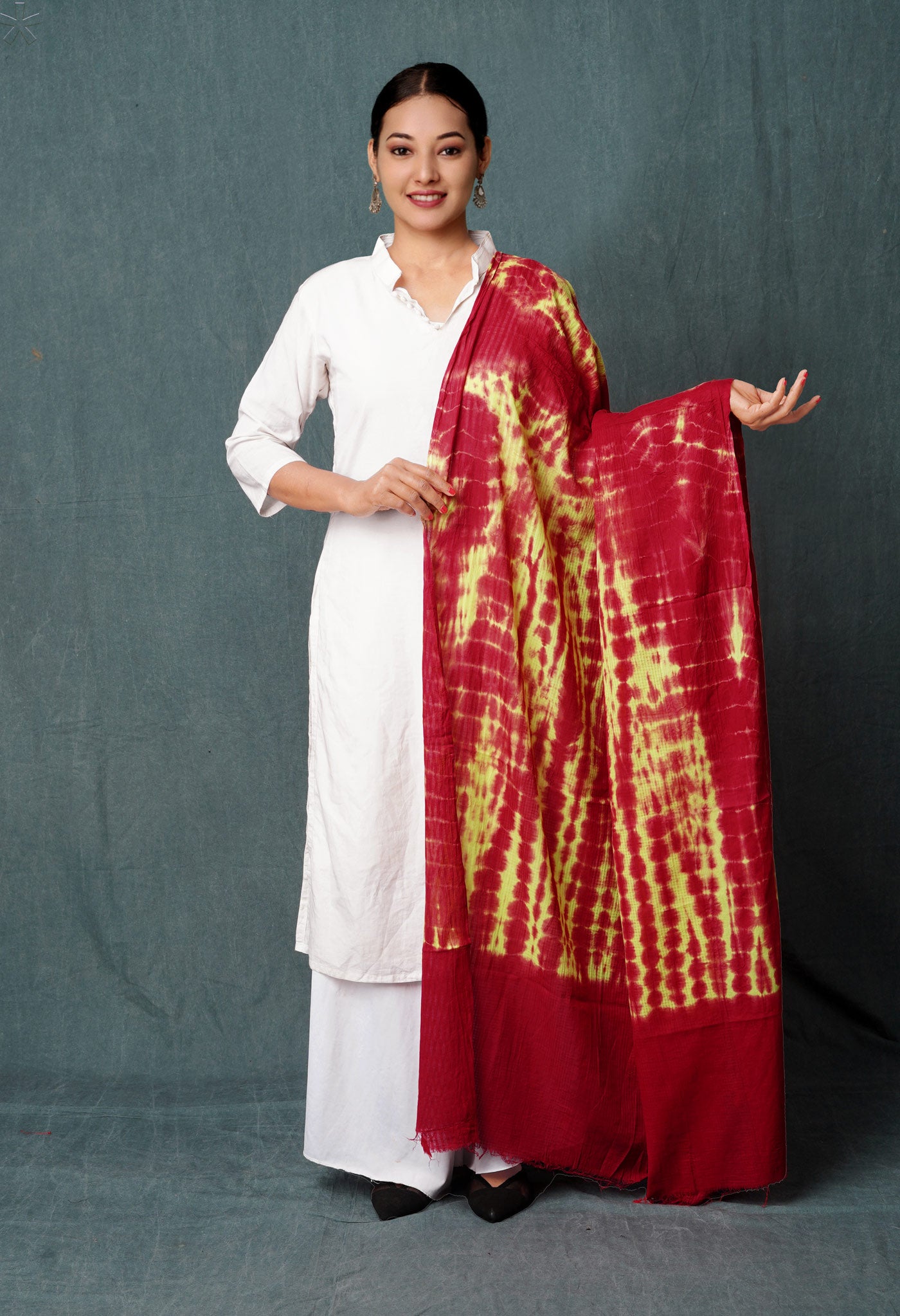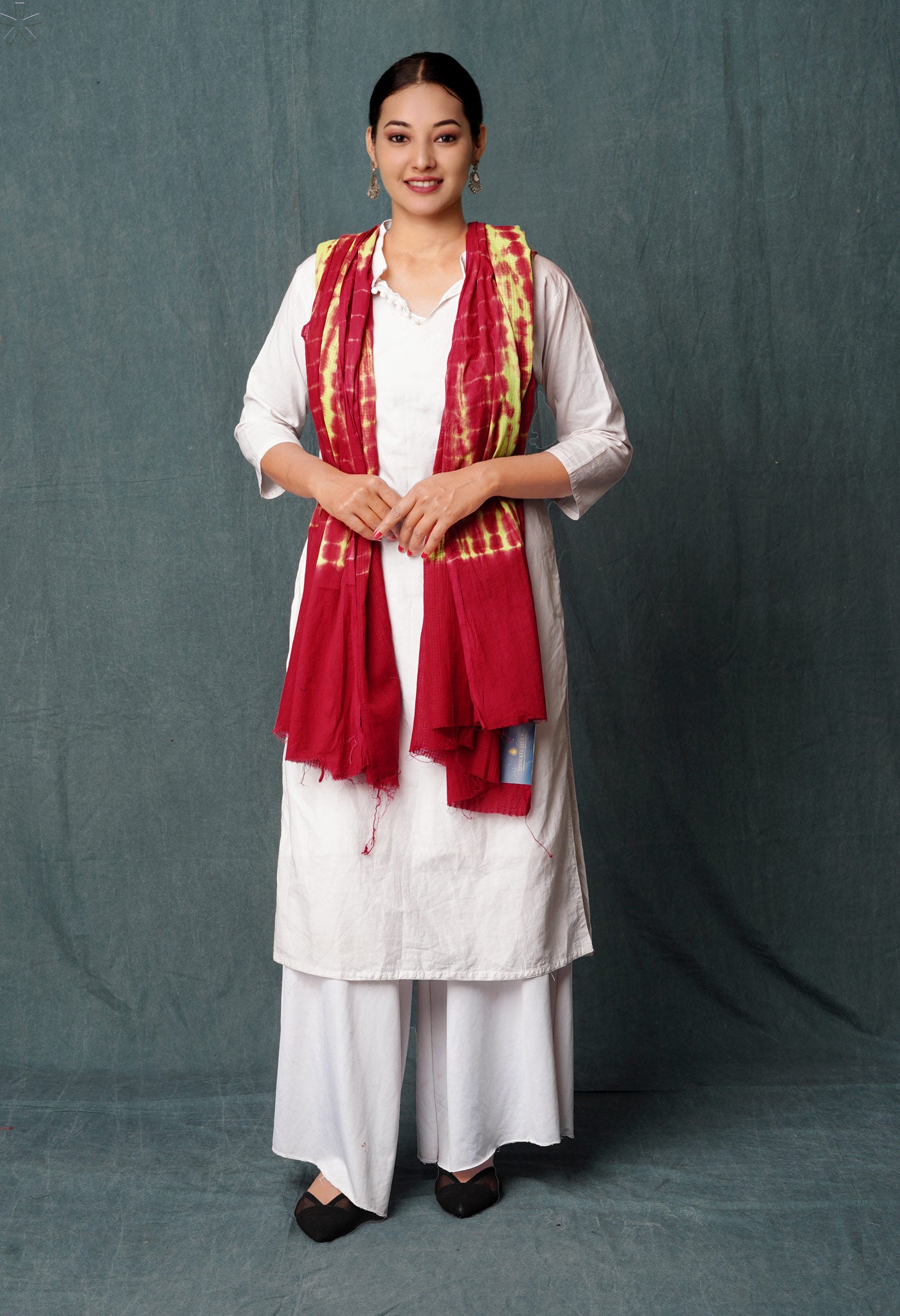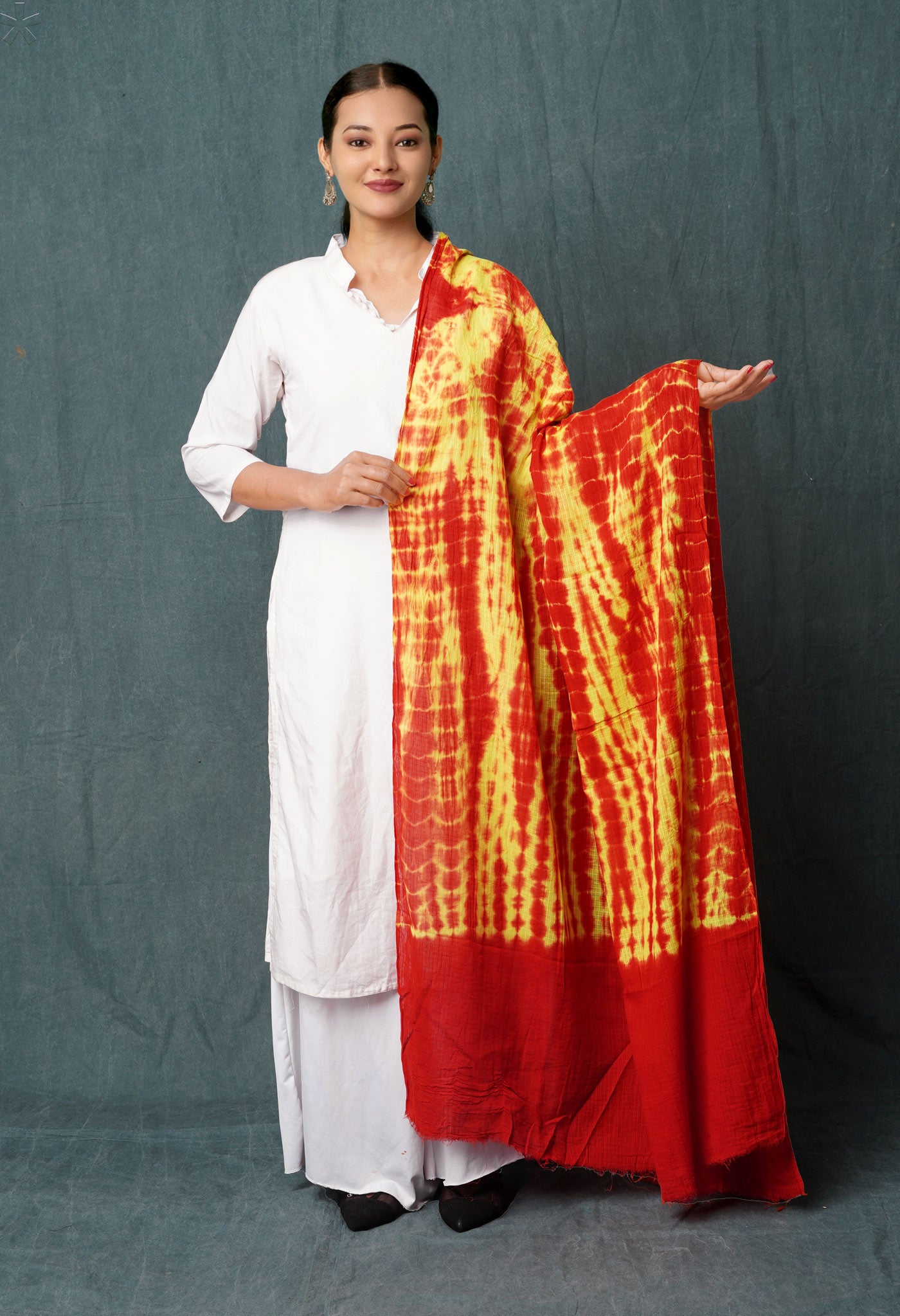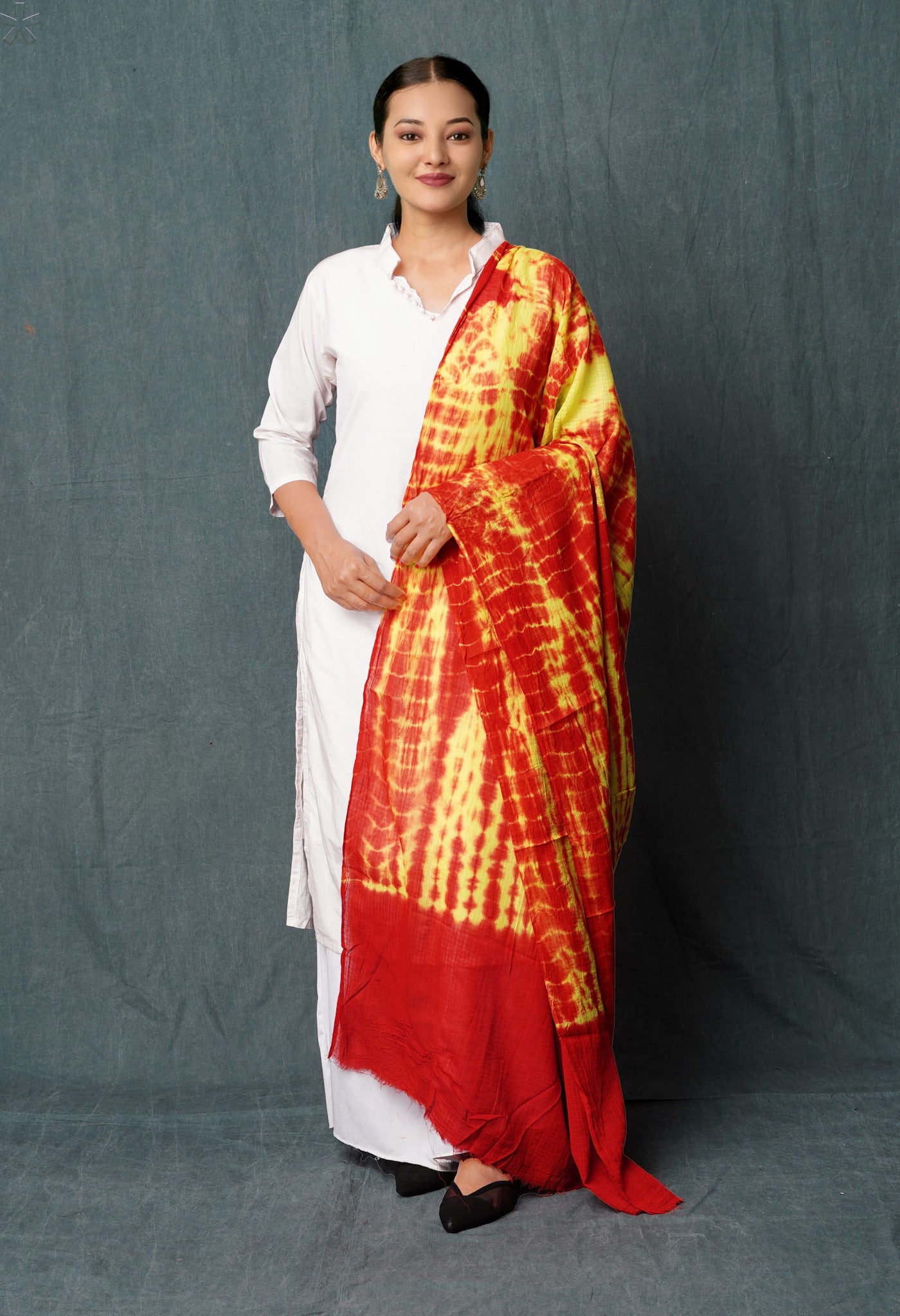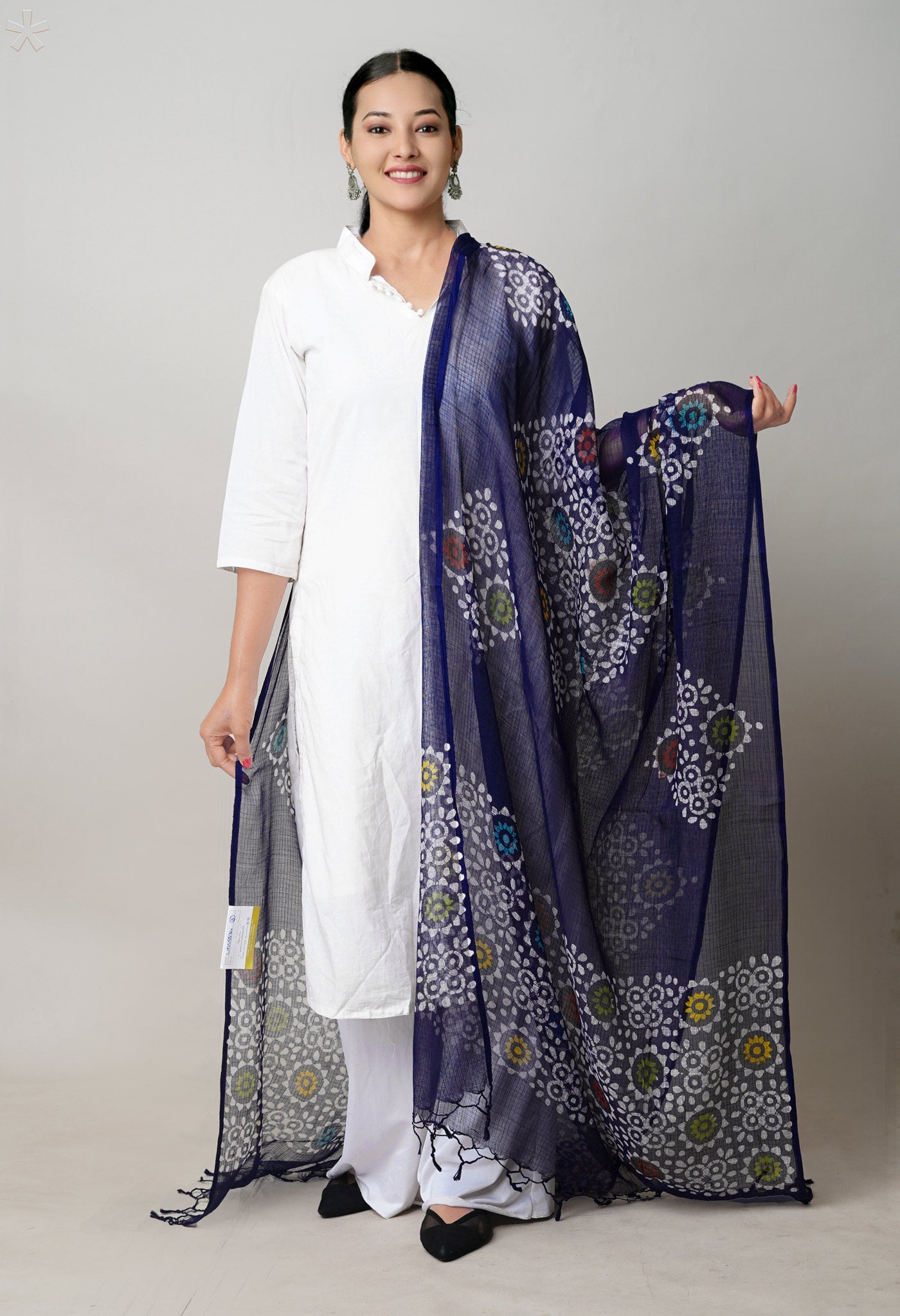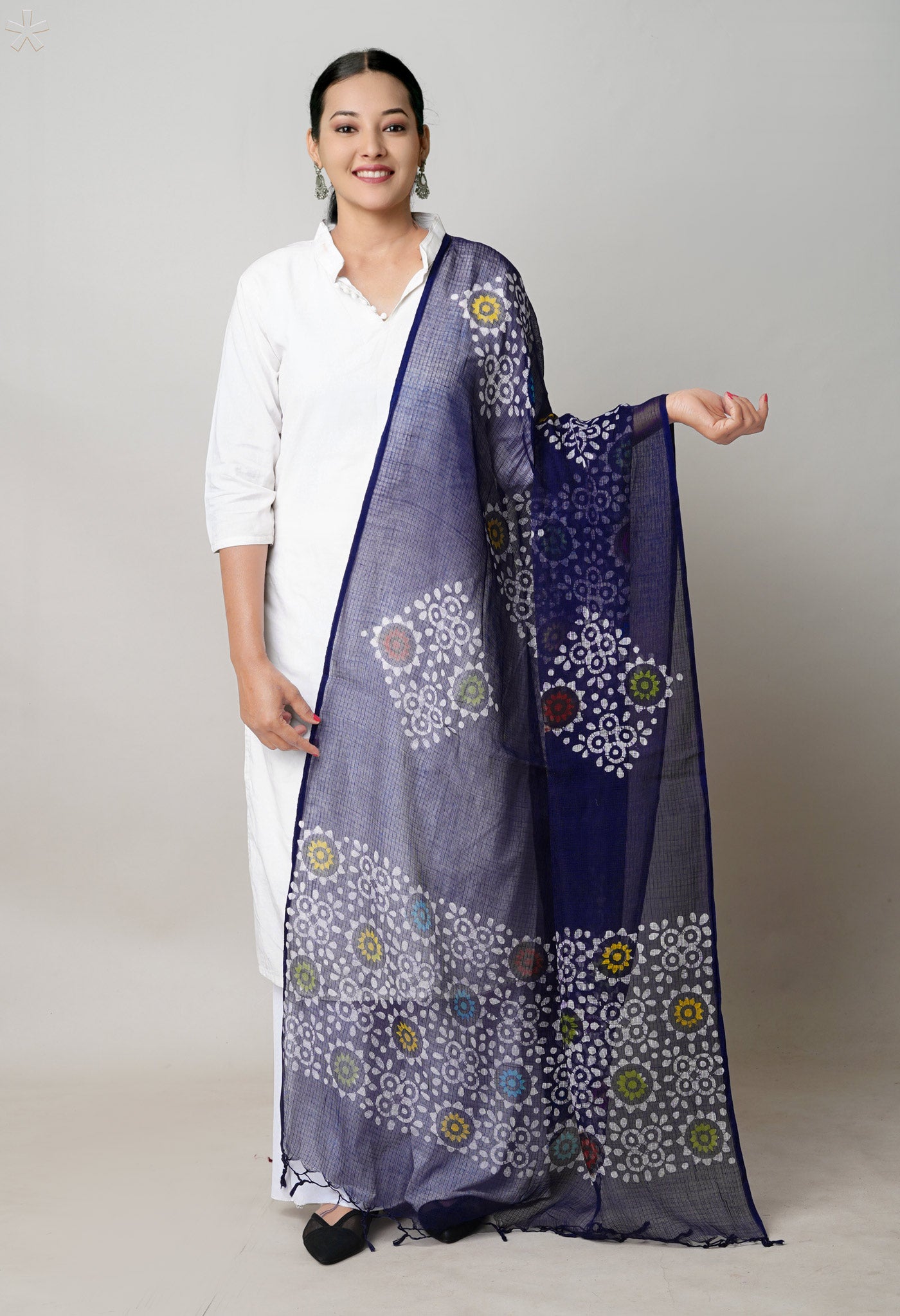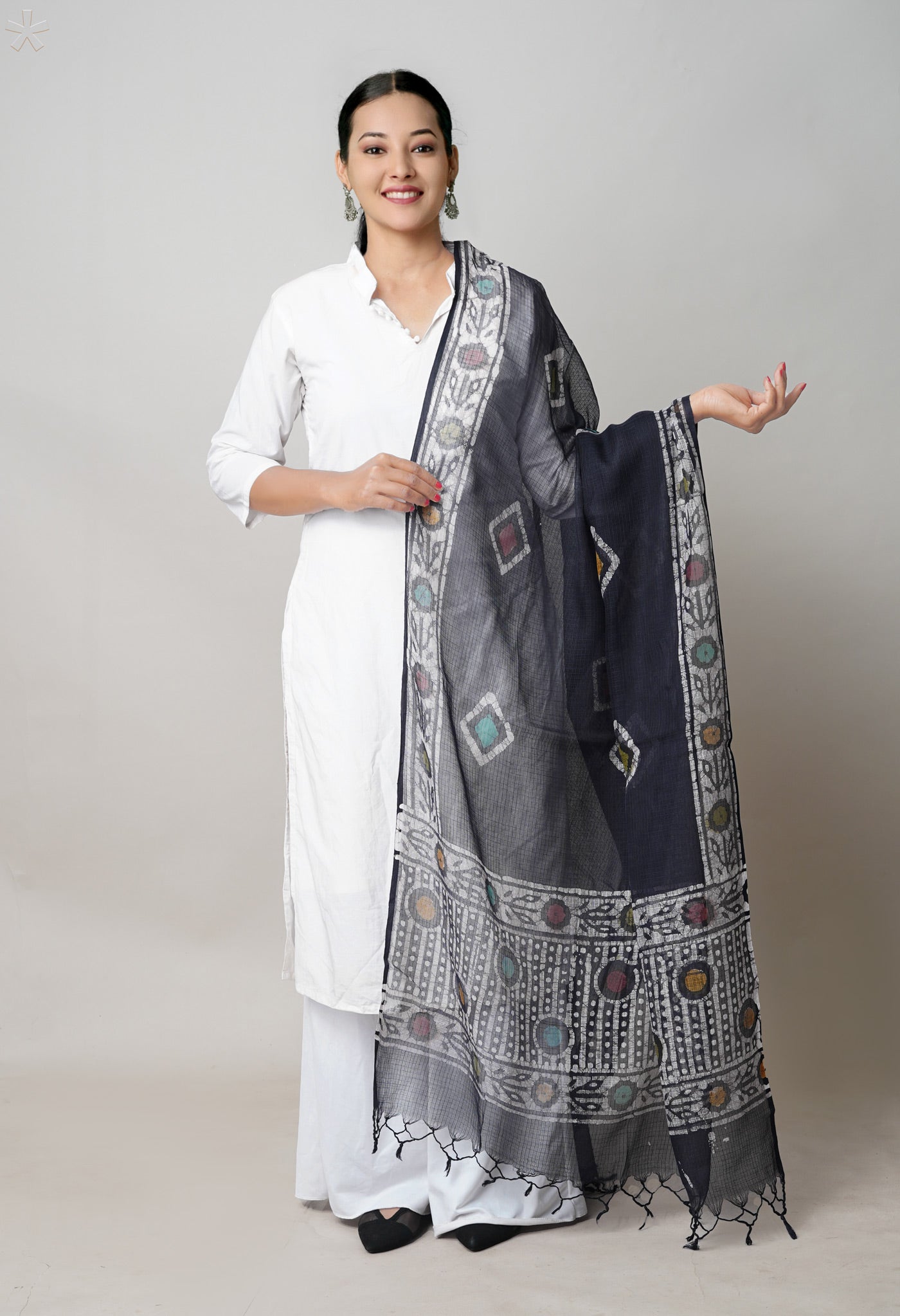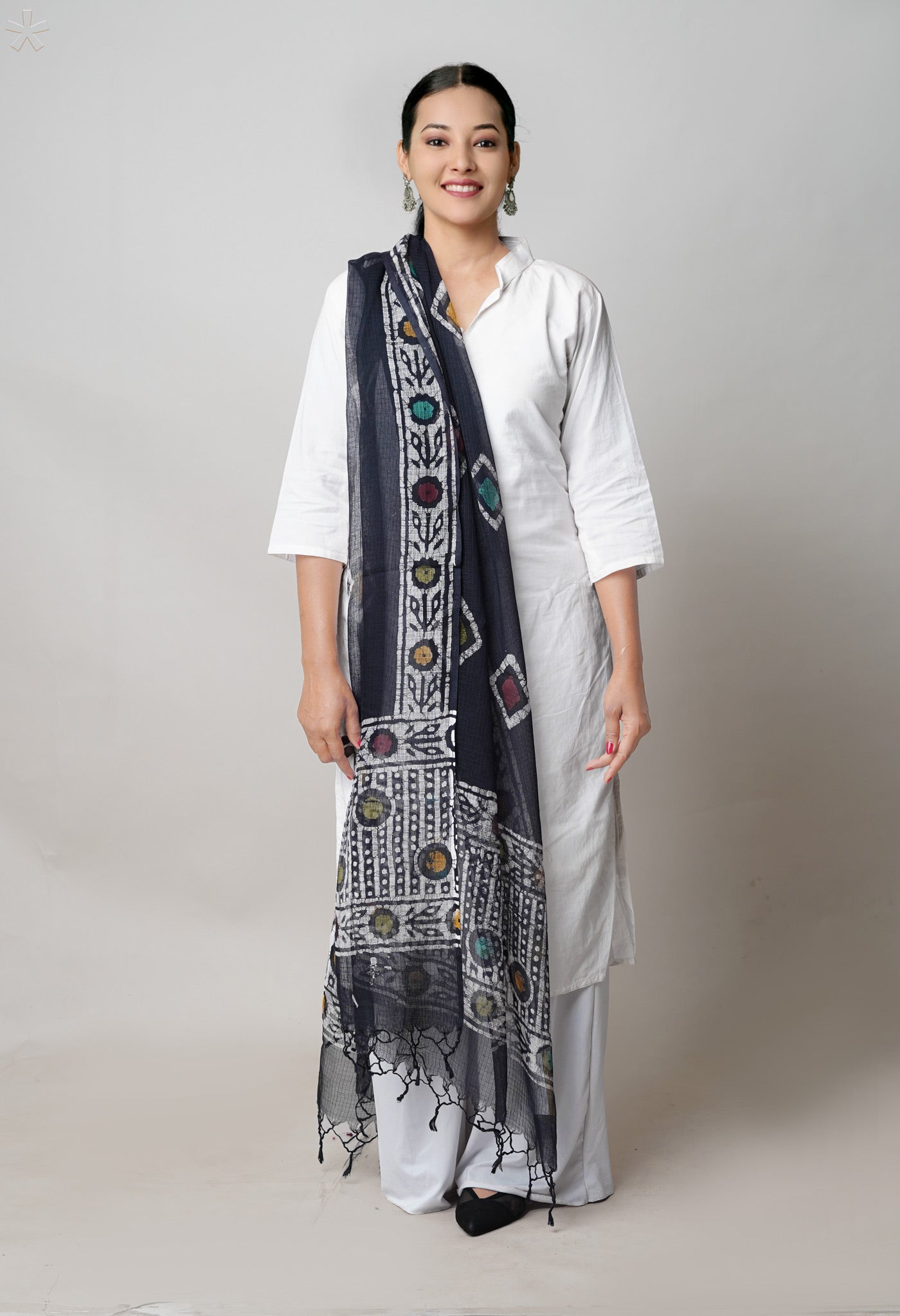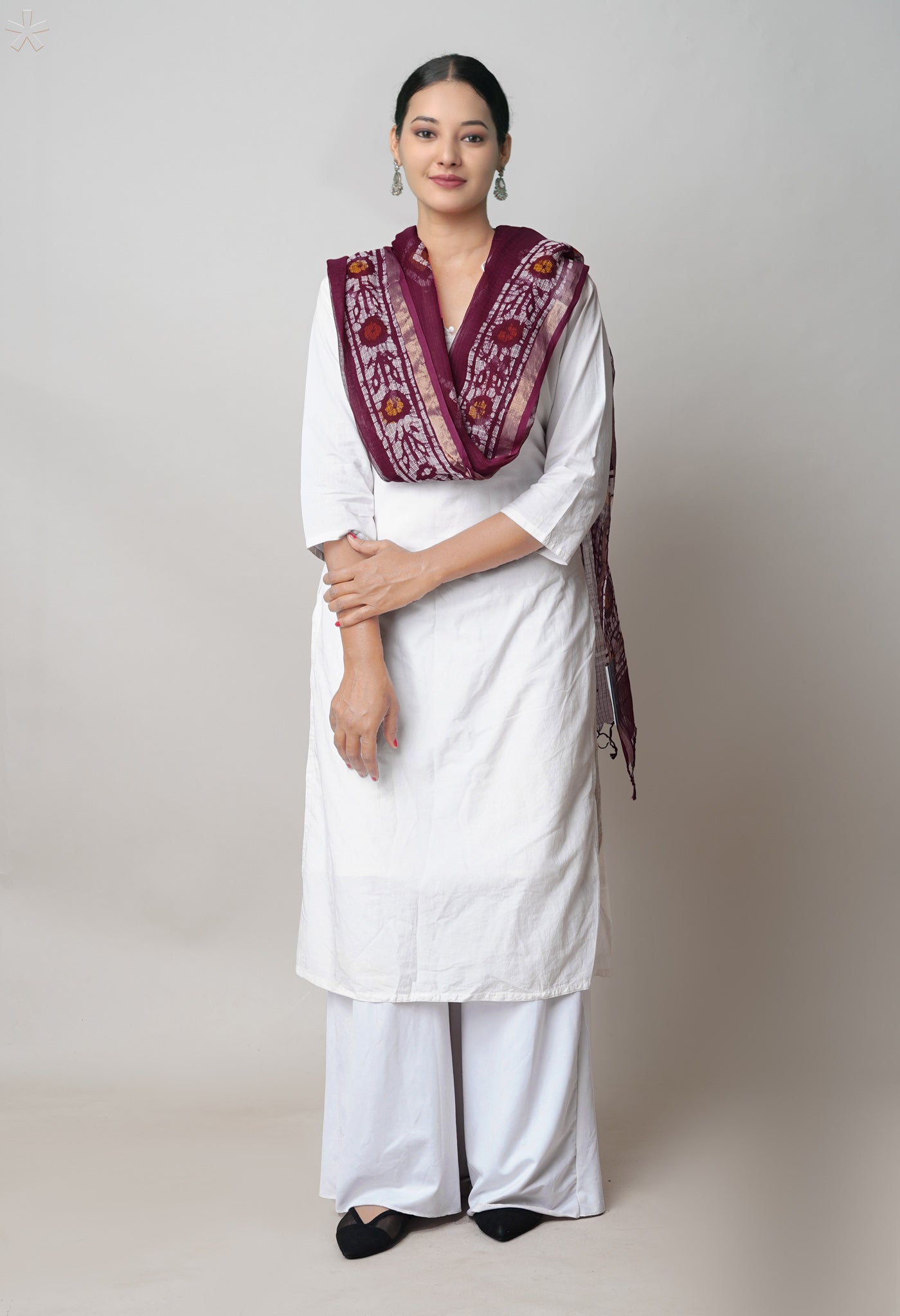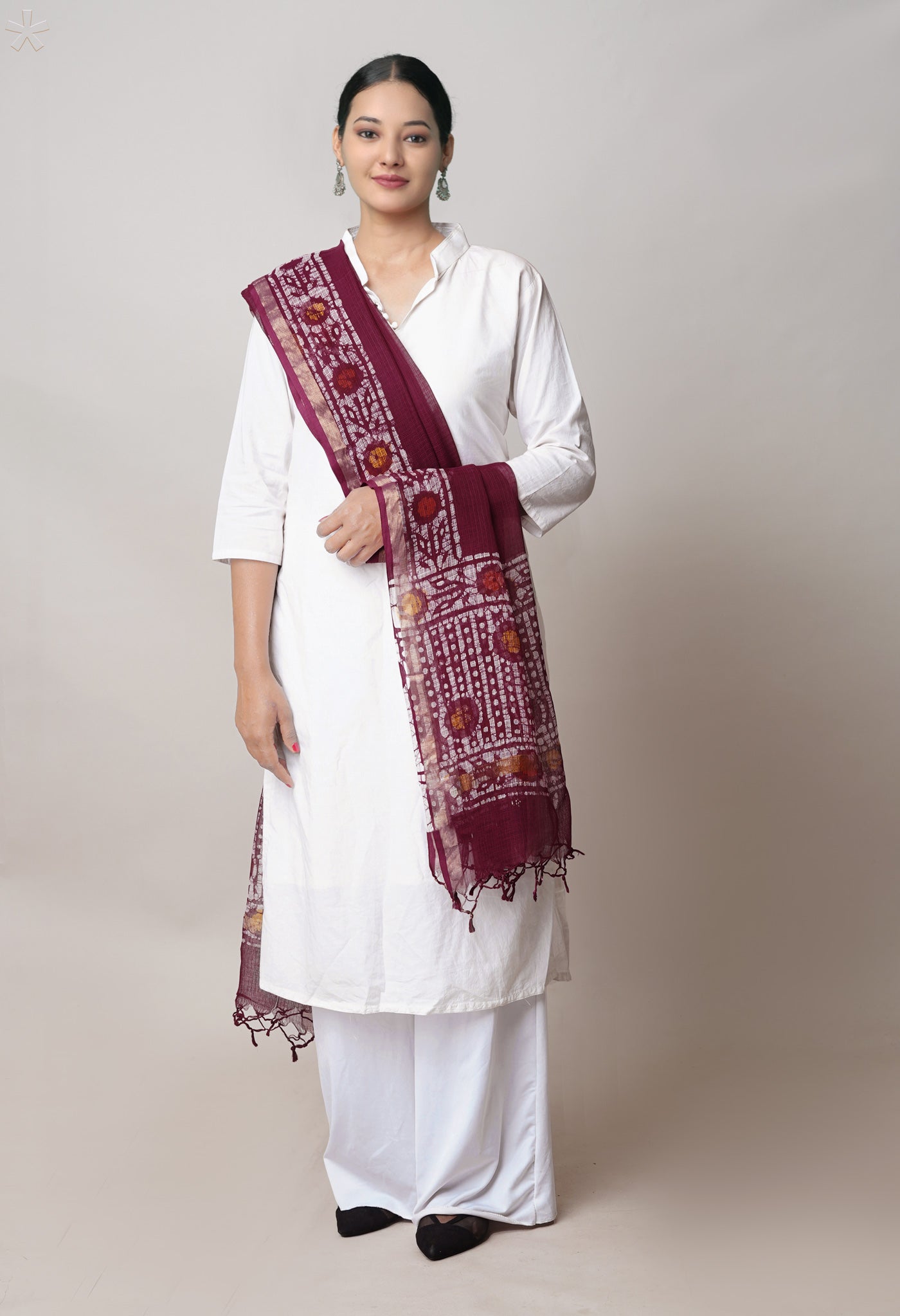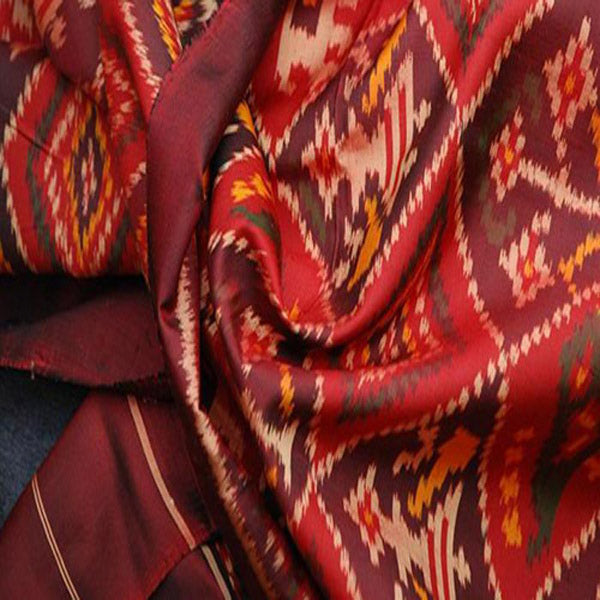
The Patola saree – complex lkat, delightful designs
Patola Saris are popular double-ikat weave silk fabrics once originally made in Patan, Gujarat alone. A complex calculated method of dyeing and weaving employed in its making, results in a splendid garment or saree that is literally the same on both sides. The single ikat version is a more easily and market-friendly version of the original Patola.
The various names of Patola
Patola or tie & dye design are produced in various states in India using various designs varying in methodology. In Rajasthan it is known as Bandhani where woven cloths are tied and dyed by dipping method. In Gujarat it is known as Patola, in general it is also known as Ikat. Patan, Mehsana and Rajkot are known for production of Patola sarees.The method followed in Patola sarees is that the bunch of yarn is dyed and woven into fine fabrics of various designs and motifs. Since motifs are created out of dyed yarn, designs on either side are prominent and equal. This system is followed in the handloom hubs of Odisha, Pochampally in Telangana, and the Chattisgarh belt.
A brief journey in history to current times
Down to a limited number of families engaged in this prized art, Patola is a traditional method of dyeing and weaving of fabrics involving careful calculations and precise execution.
Art once reserved for the creation of apparel for the royal families of Gujarat and later for high ranked noblemen, the Patola weave is an exquisite display of colour in unique complex patterns and at a price.
The Patola originated in the times of the Solanki Rajputs when the Salvi community weavers sought patronage of these rulers. The royal family accustomed to finery had several hundred weavers in Patan, the kingdom’s capital, to weave exquisite silk creations, out of which the Patola Silk came into existence. Even today tradition has it that the Patola Saree is ‘Stree Dhan’ i.e. the Patola Saree bought for their marriage is their own property.

Patola sarees generally have the basic design motifs like animals, flowers, human figures and birds. Now-a-days some geometrical designs have attracted the wearers that gained momentum from the age-old traditional Muslim architectural designs. Some ikkat sarees are enriched with Kundan and Zardosi sequins for special occasions. The typical feature of the fabric is the brocade like heavy texture. The pallus or anchals are elaborate and the dazzling borders are adorned with warm colors and rich motifs.
The double ikkat sarees are with motifs of parrots, flowers, elephants and dancing figures and are primarily used by Jains and Hindus as wedding brocade dresses. Geometric and floral designs are preferred by Muslim Vohra communities as they regard it best ‘pure silk bridal wear’. Sarees with plain dark colored body and motifs of women and birds treated as special variety of Patola, known as Nari Kunj, are greatly cherished by Maharashtrian Brahmins.
The complicated process of the Patan Patola
The outcomes of Patola are colourful and very attractive by design. Women's dresses are very attractive and full of colors and geometrical patterns. Patola involves complicated calculations, the base of the sari being totally founded on geometrical creations.The soft fabric is not block-printed. Its weaving and tie method results in identical patterns on both sides of the cloth.
The process of making of the sari starts with dyeing the wrap and the weft yarns according to the planned pattern of the final cloth. The double-ikat or horizontal resist dyeing that is employed ensures that the pre-determined patterns result in the threads being coloured. This is achieved by strategically knotting the threads and then dyeing so that knotted portions resist the dye and the pattern forms as a result. This pattern is then separately coloured or dyed to form a unique design when the weaving of the threads takes place. The weaving is done on traditional hand looms, and vegetable dyes are traditionally used. In Gujarati people say, "Patola will slash, but color will not lighten" meaning that the cloth may tear but the colors won’t fade.
[gallery columns="4" ids="12538,12541,12542,12543,12540,12539,12545,12537"]
Silk yarn is used, and patola saris are hand-woven. The procedure is not only costly, but also time-consuming. Naturally heavy priced, it is a limited market for the Patan patola saris.
There is variety in Patola sarees
Patola sarees have a wide range of variations. Flowers, animals, birds and human figures form the basic designs. The designs are sometimes repetitive and often geometric patterns are noticed in the sarees. The designs of this saree basically fall into three types that include :
- purely geometric forms

- reminiscent of Islamic architectural embellishments and
- ajrak (complex geometric print designs of the Sind, such as the Navaratna Bhat – nine jewels design).
Other designs that are incorporated in the Patola sarees are the floral and vegetal patterns. These catered to the needs of the Muslim market which did not prefer depictions of animals and people, such as:
- Vohra Bhat (vohra community design),
- Paan Bhat (paan leaf or peepal tree leaf design), and
- Chhaabdi Bhat (floral basket design).
The Patola sarees are also designed with patterns that depict forms as
- the Nari (dancing woman),
- Kinjar (elephant) and
- Popat (parrot).
Among the Vohra Muslims, a version of Patola sarees is used as their wedding sarees. The Maharashtra Brahmins wear Nari Kunj sarees of plain, dark colour body and the borders of the sarees are embellished with women and bird motifs. Moreover, the Patola sarees are extensively used in each region for the variations and the designs they manifest. Patola sarees have attained an enviable position in the list of Indian traditional sarees.
The dyes used for colouring the Patola sarees are made from vegetable extracts and other natural colours. The color durability of this saree is very high. Color of this saree will never become pale even if you wash it many times. Now-a-days, both vegetable dyes and chemical dyes are used. Patola silk sarees with bright colours are also enriched with Zardosi and Kundan sequins.
A more market-friendly version of the Patan Patola
 Ikat is the meticulous technique of tying and dyeing the warp or weft as in single ikat or may be both before being woven into a textile form like the double ikkat. Single Ikat fabrics are created by interweaving tied and dyed warp with plain weft or resisted weft yarns is inserted in plain weft. Double ikat involves the process of resisting on both warp and weft and then interlacing them to form intricate yet well composed patterns.
Ikat is the meticulous technique of tying and dyeing the warp or weft as in single ikat or may be both before being woven into a textile form like the double ikkat. Single Ikat fabrics are created by interweaving tied and dyed warp with plain weft or resisted weft yarns is inserted in plain weft. Double ikat involves the process of resisting on both warp and weft and then interlacing them to form intricate yet well composed patterns.
Knowing that the cost of making Patan Patola sarees was high, the material very pure and restricted to just three families, in order to prevent a prized art from becoming defunct, Rashtriya Shala in Rajkot invited one of the Salvi Patola experts from Patan and held a ikat workshop in the campus providing training to weavers in that area. With time these weavers developed their own style of Ikat using similar patterns but with a different color palette and material range.
The Government also deeming it fit that the art should be propagated and made popular with the market, patronized the low-cost Patola weaving seeing that it promotes employment for many handloom weavers in rural areas. A number of welfare and sustenance projects are today being run by the government to popularize this patola weaving in Gujarat.
Private traders also support this variant as it has created a vast market of readily available customers from Indian middle class and lower middle class who otherwise cannot afford a genuine Patola. With the huge cost savings in production and a perceived liking due to affordability factor, the Surendranagar and  Rajkot Patola have became very popular in local markets of Gujarat in the previous decade. This has brought in positive changes in the lives of the many handloom weaver families who otherwise were not finding enough work.
Rajkot Patola have became very popular in local markets of Gujarat in the previous decade. This has brought in positive changes in the lives of the many handloom weaver families who otherwise were not finding enough work.
The Surendranagar and Rajkot Patola are a low-cost variation of the traditional technique, using comparatively cheaper raw materials leading to an affordable range of products. The prime communities that are involved in this craft are Vankar and Maheshwari.
Later this complex and complicated in its present form also spread to other parts of India and each cluster that adopted it creating its distinctive variation to stand on its own in the market.
Patola sarees – the Unnati Silks Collection
There is a captivating range of Patola sarees in the Banarsi sico and supernet varieties that have eye-catching and imaginatively done bootis in Patola weaving, there is the Rajkot handloom cotton line with stripes pattern and zari lined borders and patola woven bootis across the entire border portion, you have vibrant colored floral Chanderi Sicos with Paithani borders and Patola bootis all over the field. Then there are the imaginatively done elegant Pochampally ikat silks that are a class apart for their colors and unique designs, not to forget the special range of bomkai cotton and Sampalpuri mercerized sicos with their classy handloom ikat versions that sum up a prized variety of special Patola sarees.
[/vc_column_text][/vc_column][/vc_row][vc_row][vc_column][vc_gallery type="image_grid" images="12561,12560,12559,12562,12563,12564,12567,12566,12565" img_size="medium"][/vc_column][/vc_row][vc_row][vc_column][vc_column_text]
Indian traditional varieties have a flavour, a taste of the extraordinary. This is made possible only with the imaginative skills and craftsmanship and flawless execution of ethnic weavers who see it as an art rather than a means of livelihood. It is their effort and market research that has enabled newer varieties to come up with innovative and tasteful designs to keep the interest of the market in handloom fabrics like the saree alive and throbbing. In turn the weaving community only needs that small bit of encouragement to keep tradition and art sustained and improving with the passage of time.
[/vc_column_text][/vc_column][/vc_row]

